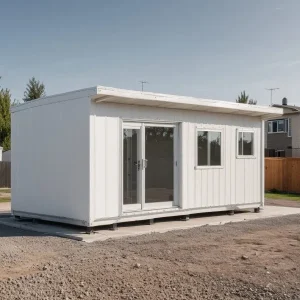
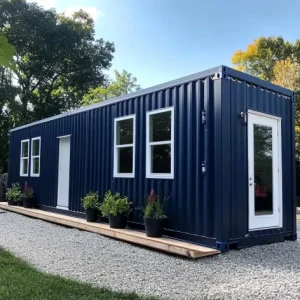
Products
- Modern Container Home
- Shipping Container Homes
- Prebuilt Container Homes
- Affordable Container Homes
- Inexpensive Container Homes
- Shipping Container Tiny House
- Prefabricated Container Home
- Tiny Container Homes
- Storage Container House
- Cargo Container House
- Prefabricated Container House
- Prefab Container Homes
- Luxury Container Houses
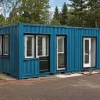
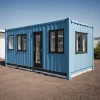
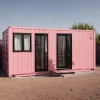
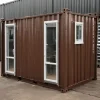
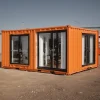
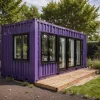
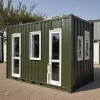
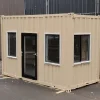
Container Houses
₹315,000.00 Original price was: ₹315,000.00.₹305,000.00Current price is: ₹305,000.00.
| Size | 20’X10’X9′ |
| Materials | Steel & Wood |
| Brand | SAMAN Portable |
Top Container Houses: Affordable and Sustainable Living Solutions
Are you fed up with high housing costs and traditional living spaces that are both expensive and environmentally unfriendly? Imagine a modern solution that saves money and helps our Earth.
Container houses are changing the game for affordable and eco-friendly living in India. Made from repurposed shipping containers, they offer a smart solution. They mix low cost with green design, meeting local building codes and providing longer service life.
Our look into shipping container homes shows a big change for urban Indians. These homes are flexible, energy efficient, and good for the planet. They meet different needs and budgets, offering ideal living spaces with large windows and advanced insulation.
Key Takeaways
- Container homes offer an affordable housing solution in India’s competitive real estate market
- Sustainable design reduces carbon footprint and promotes eco-friendly living
- Rapid construction times compared to traditional building methods
- High customization options for various architectural preferences
- Significant cost savings compared to conventional housing
- Adaptable to both urban and rural environments
Understanding the Evolution of Container Architecture in India
Housing in India is changing fast, thanks to container architecture . Shipping containers, once just for ships, are now becoming homes. They show off sustainability and modern design, providing a luxury living experience.
Our look into container architecture shows a story of innovation and reuse. The world market for container homes is growing fast. It was worth USD 61.83 billion in 2023 and is expected to hit USD 108.70 billion by 2032.
From Shipping Containers to Modern Homes
Container architecture has changed how we see homes. Key points include:
- Turning shipping containers into homes
- Creating new, modular designs
- Using old maritime containers in new ways
The Rise of Sustainable Housing Solutions
Sustainable homes are key in urban India. Container homes bring many green benefits, including low maintenance and durability:
- Less waste in building
- Lower carbon emissions
- Using recycled materials
Current Market Trends and Adoption Rates
The market trends for container homes in India look good. Cities like Hyderabad are embracing these new homes. About 55 percent of India’s trade uses containers, providing plenty for housing.
Prices for a 20-foot container range from ₹80,000 to ₹2,50,000. This makes these green homes more affordable for city folks looking for eco-friendly living.
Container Houses: A Revolutionary Housing Solution
Revolutionary housing is changing how Indians view owning a home. Container houses offer a new way to live affordably and sustainably. They are a big step forward in modern housing.
Prefab container homes are flexible and offer many benefits. These include:
- Rapid construction times (weeks instead of months)
- Significant cost reduction of 30-50% compared to traditional building methods
- Potential for customizable design configurations
- Environmentally friendly construction approach
Container houses are great for city living in India. They can grow up to three times their original size. This makes them perfect for families that grow. The cost starts at around ₹10 lakhs, and can go up to ₹50 lakhs for luxury designs.
Sustainability meets innovation in these homes. They use old shipping containers, cutting down on waste by about 25%. They also have features like solar panels and smart tech to save on energy costs by up to 40%.
Container homes are very durable. They come with a 25-year warranty and can handle harsh weather and extreme temperatures. This makes them a smart choice for those looking for a modern, practical home in India. Successfully completed projects across major geographies demonstrate their reliability and adaptability to different locations.
Benefits of Container Housing in Urban Settings
Urban living needs new housing ideas that solve many problems. Container houses are a smart solution for city living in India.
Cost-Effectiveness and Affordability
Container homes are a game-changer for affordable housing. You can get a basic one for just ₹10 lakhs. This makes owning a home in the city much easier for many people.
- Initial investment is much lower than regular homes
- Less money spent on building and upkeep, thanks to their low maintenance design
- Can save up to 50% over time compared to traditional homes due to their longer service life
Environmental Impact and Sustainability
Container homes focus on being green. They use recycled containers, cutting down on waste and promoting eco-friendly living. Recycled steel structures are strong and good for the planet.
- Reduces waste by 30-40%
- Uses up to 60% less new materials, making them energy efficient
- Can include green tech like solar panels and advanced insulation
Quick Construction and Mobility
Prefab container homes are built fast and can move. They’re up to 50% quicker to build than regular houses. This means you can move in sooner and save on labor costs. Plus, they’re easy to move or change, making them adaptable to different locations.
- Assembled quickly with off-site methods
- Works well in different city areas, offering ideal living spaces
- Can be made from 160 square feet up, with flexibility in dimensions
These new homes are changing city living. They offer practical, green, and affordable options for people in India, providing stylish and durable structures that can withstand extreme temperatures and even be earthquake proof.
Design Innovation and Architectural Possibilities
Container homes in India offer a new way to live. By converting old shipping containers into stylish and functional prefab container homes, architects are turning these tough structures into various living spaces. These are not only a smart solution but also have large windows and insulation, making them energy efficient and temperature extreme.
The possibilities for shipping container homes are amazing. Designers leverage the unique features of recycled containers to create:
- Modular living spaces with customized features
- Compact yet spacious interior designs
- Flexible configurations for urban and rural settings
- Sustainable housing solutions that are both low maintenance and have a longer service life
Urban developers love container homes for their flexibility and affordability. C1TYblox in Nashville and 83 Freight show how 21-171 containers can be converted into homes and shops. These are adaptable, trendy and Eco living is in demand.
Architects are using innovative ways to push the limits of containers. They:
- Stack containers for higher buildings, earthquake proof
- Add rooftop gardens for luxury
- Use insulation for comfortable temperatures
- Integrate modern comforts – fire alarms
We want to create homes that are functional and beautiful. We think container architecture is the future of green and flexible homes in India’s changing urban landscape.
Technical Specifications and Structural Requirements
Building container houses requires technical expertise and planning. These modern prefab container homes have specific structural requirements for durability, comfort and efficiency.
Our approach to building container houses focuses on several key technical aspects:
- Full site preparation and robust foundation design
- Advanced insulation for energy efficiency
- Integrated climate control for all year round comfort
- Seamless electrical and plumbing integration
Foundation and Site Preparation
A solid foundation is key for container houses. We create a solid base to support the 2300kg container. The foundation should have a bottom bearing capacity of 200kg/m² for structural integrity and durability.
Standard container sizes are 230x600cm to 300x700cm which guides our site preparation and addresses the challenges we face in different locations.
Insulation and Climate Control Systems
India has diverse climate, we need sophisticated insulation solutions. We use high performance insulation materials with low thermal transmission coefficients:
- External wall transmission: 0.46 W/m²K
- Roof transmission: 0.26 W/m²K
- Floor heat transfer: 1.24 W/m²K
Our insulation includes 50 mm polystyrene foam with 12 kg/m³ density for walls. Roof uses 125 mm foam with 16 kg/m³ density for optimal temperature control and energy efficiency.
Electrical and Plumbing Integration
We use certified materials for electrical and plumbing systems. Our electrical specs include TSE certified 3×2.5 cables for plugs and 2×1.5 cables for lighting. Plumbing uses TPRC and PVC materials, high quality.
By following these technical specifications we convert standard shipping containers into comfortable, efficient and sustainable living spaces, addressing global challenges and Indian housing needs across different regions.
Cost Analysis: Breaking Down the Investment
Understanding the cost of container houses is key. They are an affordable option compared to traditional houses. Prices in India start at ₹1,500 and go up to ₹3,000 per square foot.
Here are the main costs for investing in a prefab container home:
- Container Acquisition: New shipping containers cost between ₹1,00,000 and ₹5,00,000. Used ones start at ₹1,50,000.
- Site Preparation: This is 10-15% of the total cost, from ₹5,00,000 to ₹10,00,000. The location can influence this cost, as different sites may present unique challenges.
- Modifications: Turning a shipping container into a home costs between ₹5,00,000 and ₹20,00,000. This includes reinforcing the steel structure to ensure durability.
- Interior Finishing: This can be ₹20,00,000 to ₹50,00,000, depending on what you choose, from luxury finishes to basic setups.
The cost of a shipping container home varies a lot. A single container might cost $25,000 to $80,000. But, bigger homes with more containers can cost $80,000 to over $250,000. This is much cheaper than traditional houses made of brick and concrete.
Things that affect the cost of a container home include:
- How big and how many containers you need
- How customized you want it
- Where you want to put it and what the site needs
- The materials and quality of the finishes
We suggest planning your investment well. Think about both the upfront cost and the long-term savings. Container houses are a smart, affordable, and green choice for housing in India. They offer the advantages of quick construction and can be easily transported to different locations, addressing a recurring challenge in housing projects.
Environmental Benefits and Sustainable Features
Prefab container homes offer a new way to live sustainably in India. They turn old shipping containers into cozy, green homes. This is a big step towards a better environment, addressing a global challenge of sustainable living.
Energy Efficiency Solutions
Shipping container homes save a lot of energy. They can cut energy costs by up to 50% compared to regular houses. They have special features like:
- Advanced insulation to maintain comfortable temperatures
- Solar panels to generate clean energy
- Thermal performance that lowers heating and cooling bills
Waste Reduction and Material Recycling
Container houses are great for the planet. They use recycled materials from old shipping containers. This means they:
- Use 75% less materials than new buildings
- Lower carbon emissions by about 40%
- Reduce waste by giving old steel a new life
Green Building Certifications
Container homes are getting recognized for being green. Homeowners can get green building certifications. These show how container homes can be eco-friendly living spaces.
Our goal is to make shipping containers into homes that are good for the planet. By choosing a container home, you show you care about the environment. It’s a big step towards living responsibly, and these homes can be delivered to various major geographies, meeting diverse demands for sustainable housing solutions.
Market Overview and Growth
India’s container housing market is changing big time. Global reports say it will grow a lot. Container homes are the new modern living spaces.
The market is expected to grow from USD 64.75 billion in 2024 to USD 108.70 billion by 2032. That’s a CAGR of 6.7%.
Key highlights of the container housing market:
- 14 million+ unused shipping containers available worldwide for innovative housing
- Residential segment to lead the container homes market
- Urban space constraints and rising housing prices are driving the market
India has a great opportunity for container housing. The market is driven by:
- Affordability: Container homes are cost effective housing options
- Sustainability: Recycling shipping containers reduces environmental impact
- Flexibility: Adaptable designs for diverse housing needs
Emerging trends in container housing market are prefabrication techniques and off-grid living solutions. Asia-Pacific region with India being at the forefront is the largest market for container houses in 2024.
As urban populations grow and housing challenges persist, container housing represents an innovative approach to addressing India’s residential infrastructure needs.
Popular Container Home Designs in India
Container homes have changed the way we think about housing in India. They offer smart, green living options. From cozy studios to big family homes, they fit many lifestyles.
Single Container Layouts
Single container homes are great for city living. They use:
- 20-foot or 40-foot shipping containers
- Small living spaces, 160-320 square feet
- Smart storage to use every inch
These homes are perfect for those who like simple living. They’re also good for workspaces or budget-friendly homes. Prices start at ₹500 to ₹2,100 per square foot.
Multi-Container Configurations
Multi-container homes offer more space and design freedom. They feature:
- Modular designs with many containers
- Large living areas over 1,000 square feet
- Even three-story homes are possible
These homes are very flexible, letting families design their dream spaces. Building them is also faster, up to 50% quicker than regular houses.
Luxury Container Home Concepts
Luxury container homes show the best in design. They use top materials, tech, and custom features for amazing homes.
- Premium cladding hides the industrial look
- Green roofs add eco-friendliness
- Custom options can raise costs by 20-40%
With over 1,000 prefab house products in India, container homes are a new frontier in design.
Construction Process and Timeline
Building a container home is a quick and innovative way to turn shipping containers into modern homes. Our process is designed to be efficient and precise. It breaks down the journey from start to finish into clear stages.
The timeline for building a container home includes several important phases:
- Planning Stage (6-8 weeks)
- Initial home design development
- Site-specific research
- Material selection
- Budget allocation
- Approval and Permitting (9-12 weeks)
- Structural engineering review
- Building permit acquisition
- Local regulatory compliance
- Site Preparation (4-7 weeks)
- Land clearing
- Foundation layout
- Utilities installation
- Container Modification (3-9 weeks)
- Container selection
- Structural reinforcements
- Insulation and weatherproofing
The whole construction process can take a few months to about a year. This depends on the design’s complexity, local rules, and how much customization is needed. Our team works hard to keep the timeline short while ensuring quality.
Building a container home is much faster than traditional building. The use of shipping containers means quick assembly, lower labor costs, and less time on-site.
Legal Framework and Building Regulations
Understanding the legal side of container homes in India is tough. The National Building Code (NBC) gives general rules but doesn’t cover container homes. People wanting to build with containers must check local rules and permits to follow area standards.
The laws around container homes are changing. Local governments need detailed checks and safety approvals before saying yes. Engineers are key in making sure these homes are safe and strong. But, rules differ a lot in different places, making it hard for builders.
Those thinking about container homes need to talk to local building offices. It’s important to get to know the rules well. Even with challenges, more people want green homes, pushing for better rules for container homes in India.
Permit Requirements
Getting the right permits for container homes takes a lot of work. You need to prepare detailed plans, safety checks, and proof of compliance. Each area has its own rules, so working with local officials is key to following the law.
Zoning Considerations
Zoning laws are a big obstacle for container homes. Some places are more open to new building ideas than others. Before starting, it’s important to know the local zoning rules and any land-use limits.
Safety Standards
Keeping the home safe and strong is the top priority. Engineers must check if the container meets safety standards. They look at the structure, insulation, electrical setup, and how livable it is to make sure it’s safe.
2 reviews for Container Houses
Clear filtersShipping and Delivery Information
At SAMAN Portable Office Solutions, we are committed to ensuring a seamless shipping experience for our customers. Our shipping and delivery policy has been crafted to provide you with clear details and expectations when you place an order for our portable cabins or container offices.
Delivery Timeline
Once your order is confirmed, we will process and dispatch your product within 15 to 21 working days. This timeline is calculated from the date we receive your order and ensures that your product is fabricated, inspected, and packed securely for transportation. We strive to adhere strictly to this delivery window, guaranteeing that your order reaches you in a timely manner.
Shipping Costs
Our shipping charges are structured based on the size and type of the trailer used for delivery. Below are the detailed rates:
- For a 40 Feet Open Trailer: The cost is ₹80 per kilometer, excluding Over Dimensional Cargo (ODC) and Regional Transport Office (RTO) charges.
- For a 20 Feet Open Trailer: The cost is ₹60 per kilometer, also excluding ODC and RTO fees.
Note: ODC and RTO charges may vary depending on your location and state regulations. We ensure transparency in our billing and will provide you with an accurate estimate before shipment.
Within Bangalore Shipping Rates
For customers within the Bangalore region, we offer competitive fixed shipping rates for hassle-free delivery:
- 40 Feet Open Trailer: ₹15,000
- 20 Feet Open Trailer: ₹10,000
These rates are designed to be cost-effective while ensuring your product reaches its destination safely and securely. We work with reliable transport partners to provide efficient and on-time delivery services within Bangalore.
At SAMAN Portable Office Solutions, customer satisfaction is our priority. For any queries related to shipping or delivery, please feel free to contact our customer support team. We are here to assist you every step of the way.
Related products
Quick Answers to Common Portable Cabin Inquiries
We offer a variety of portable cabins, including residential cabins, office containers, site offices, and storage solutions. Customization options are available to meet specific needs.
 Container Cafe
Container Cafe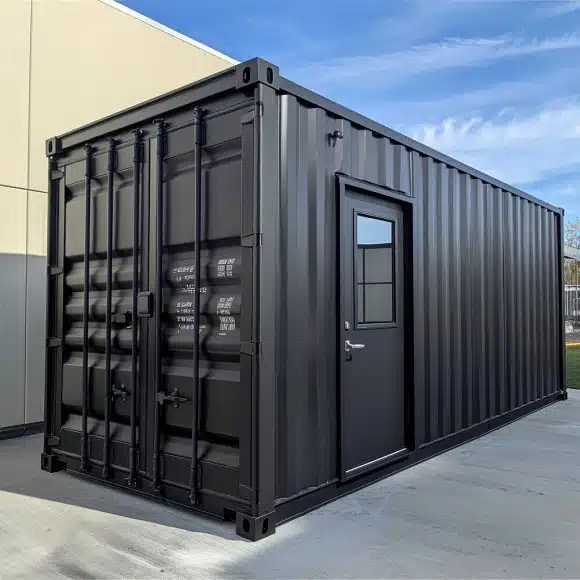
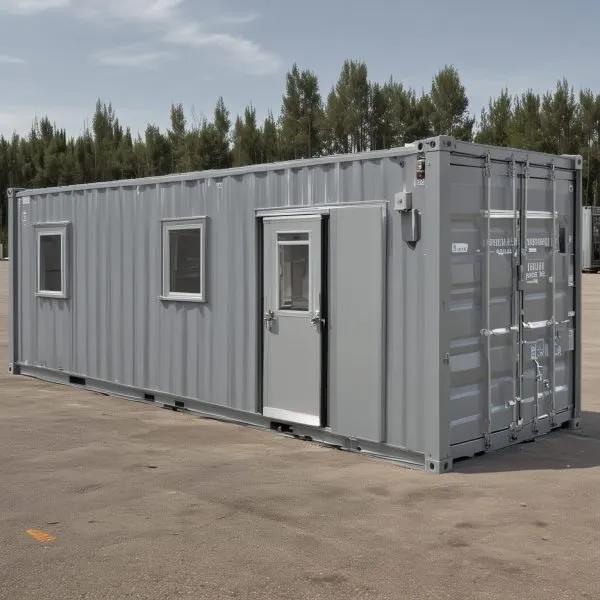
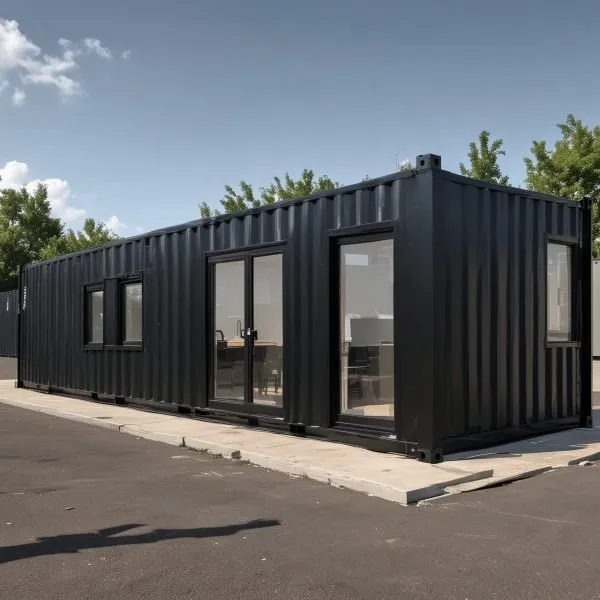
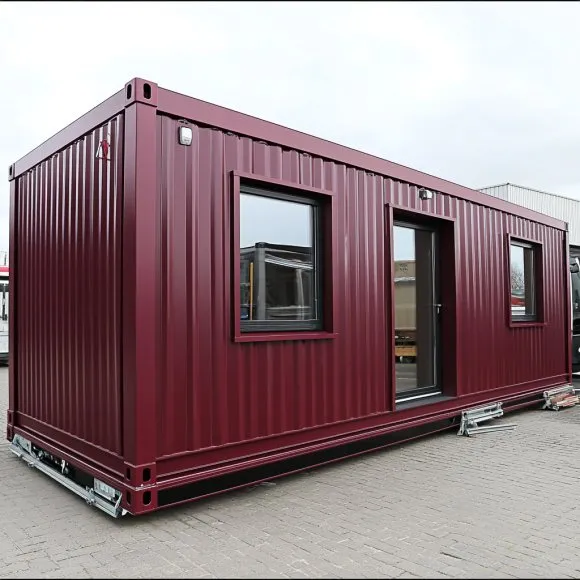
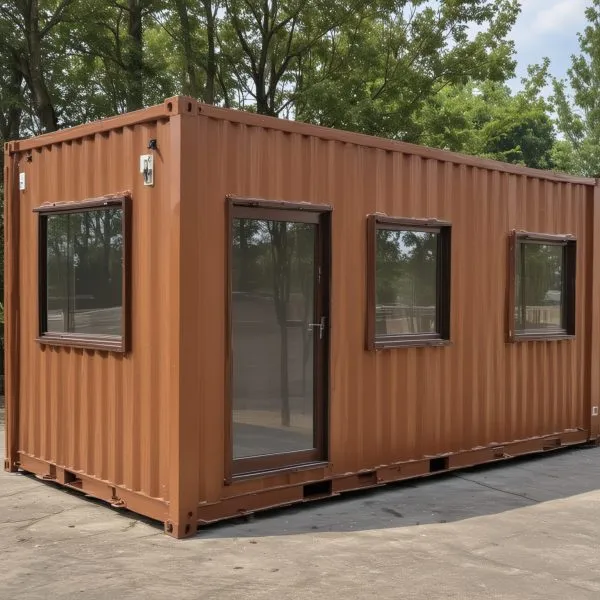
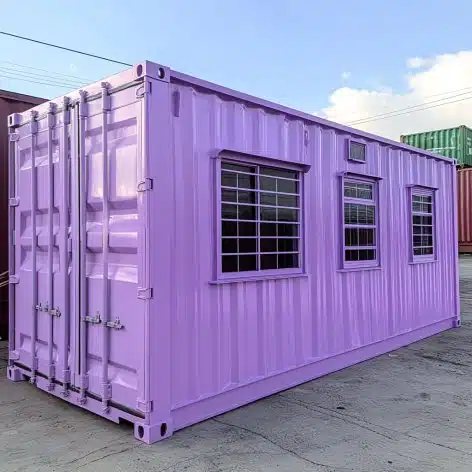
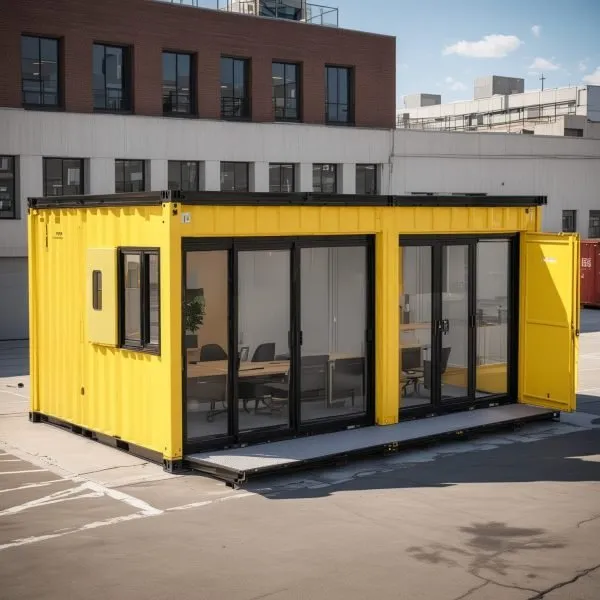


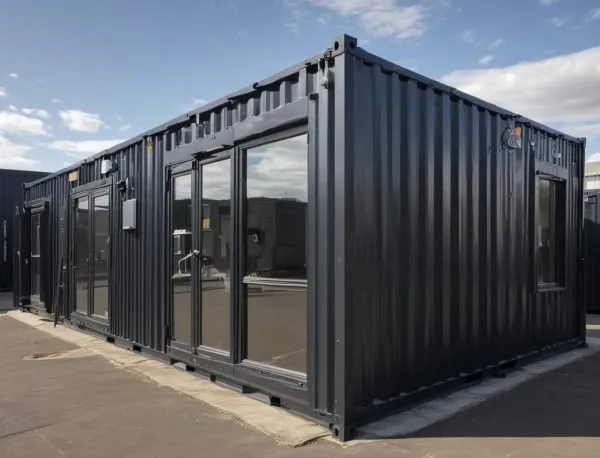
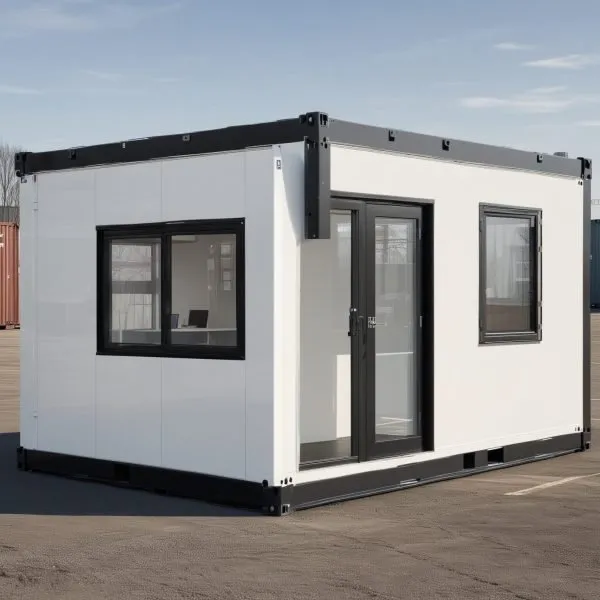
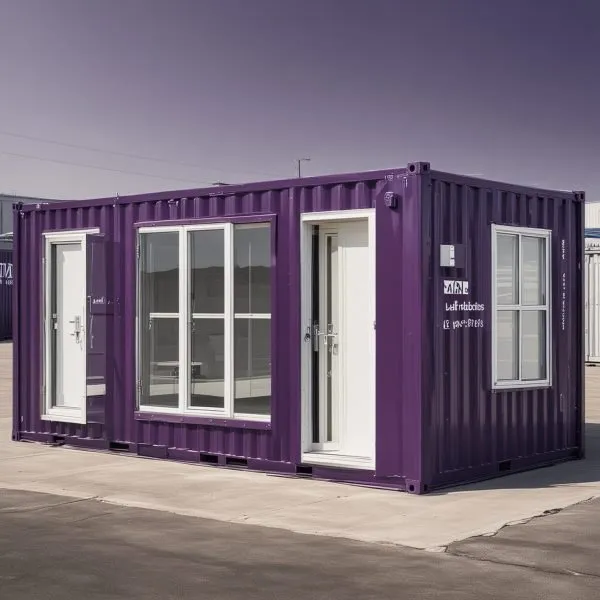

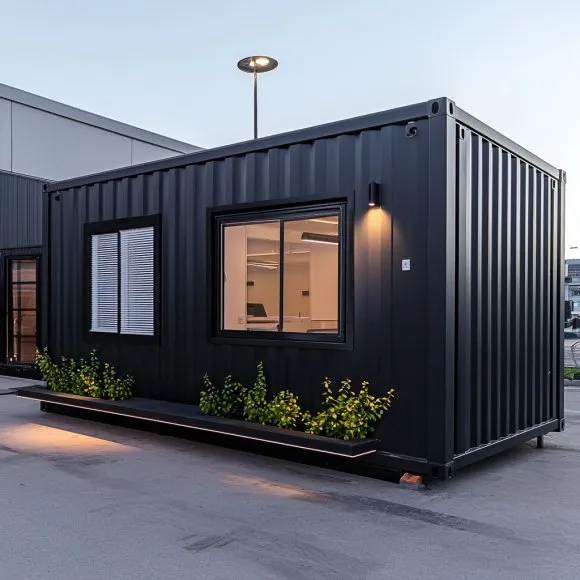
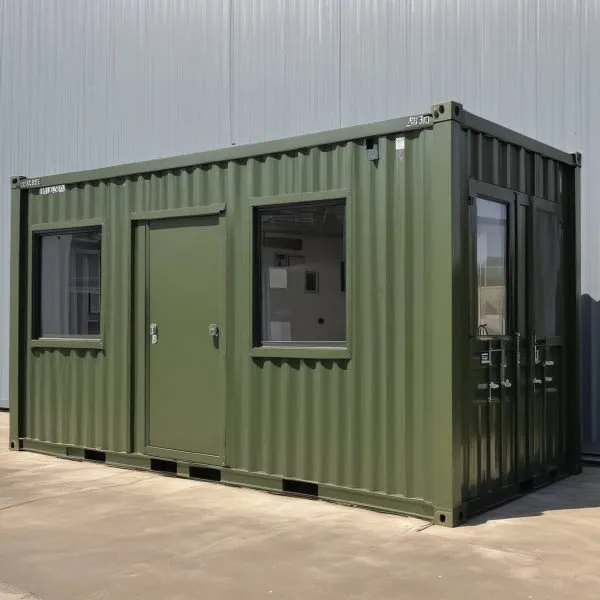
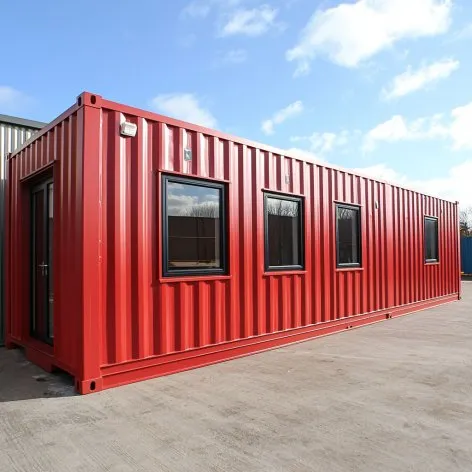
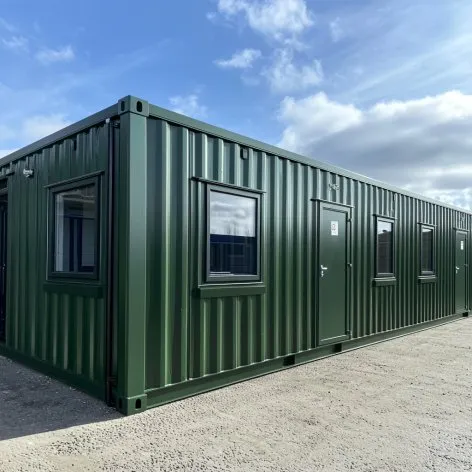
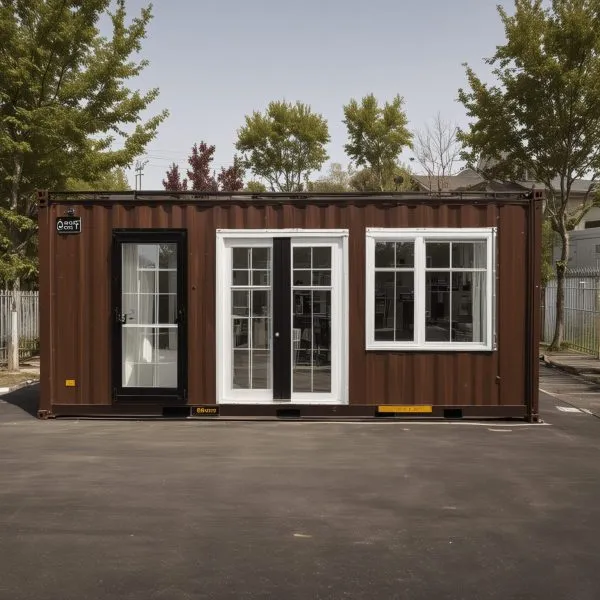
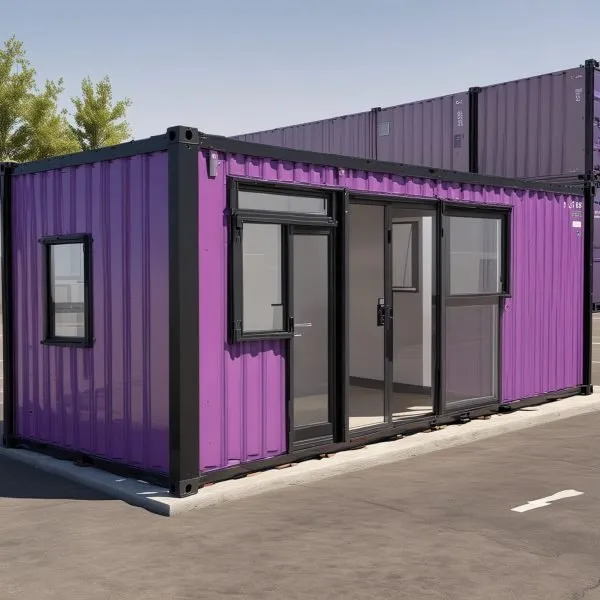
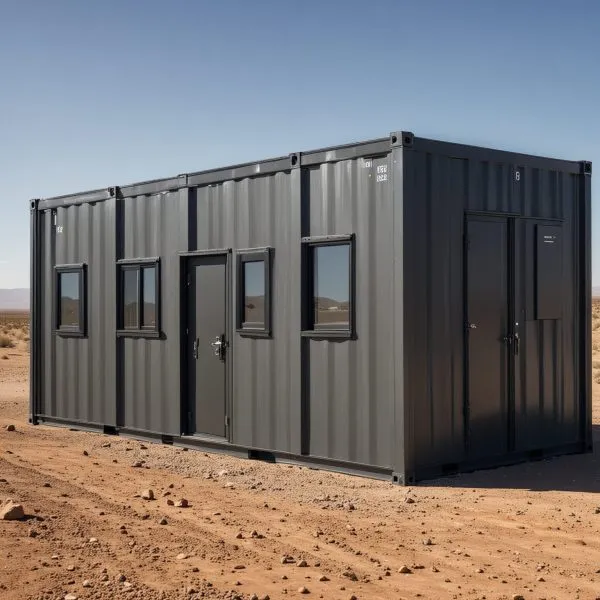
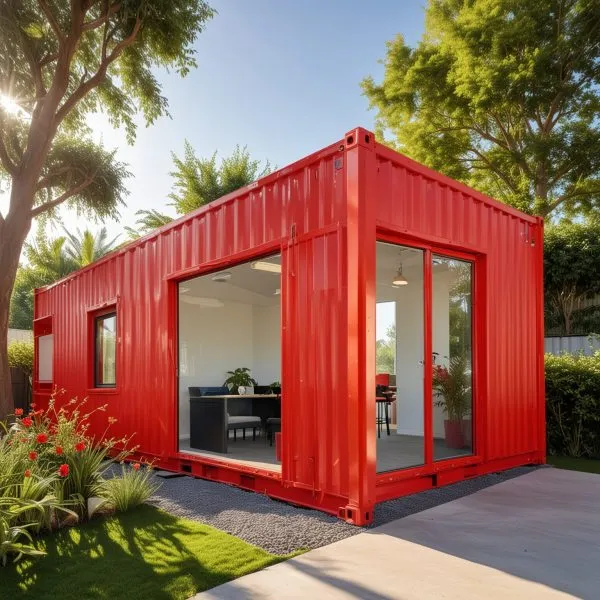
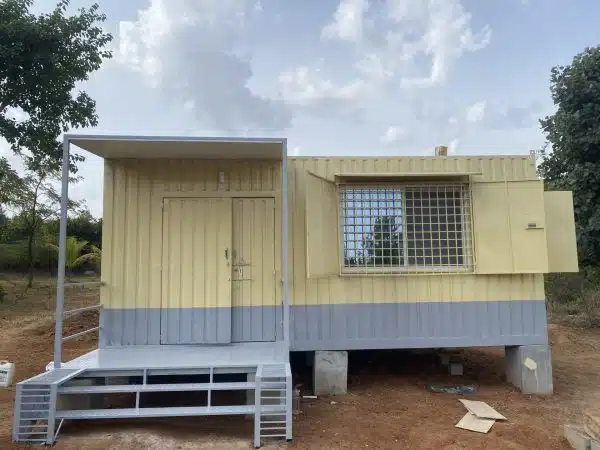
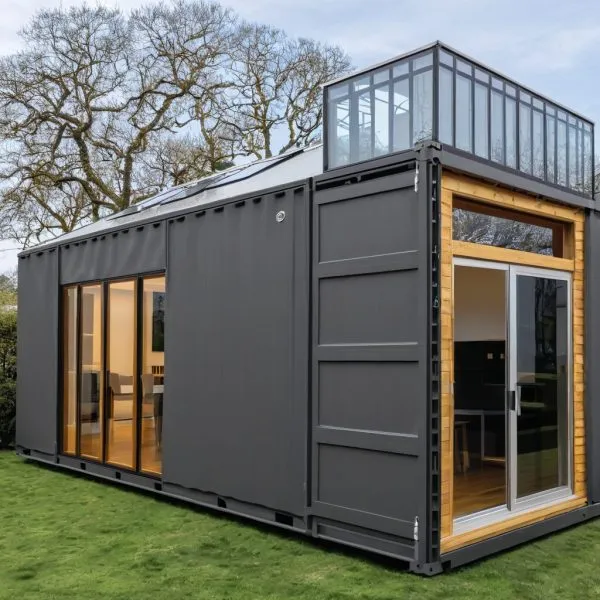
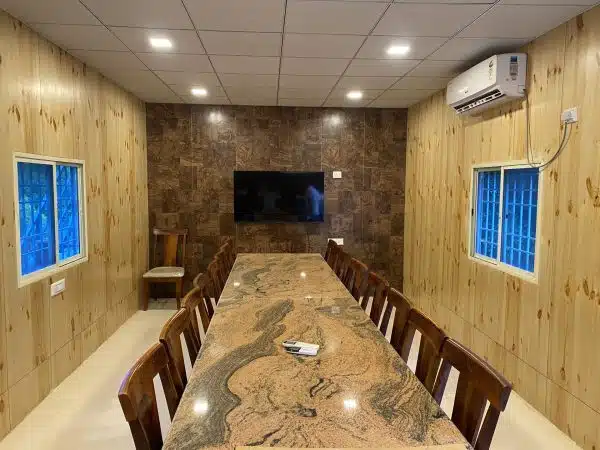
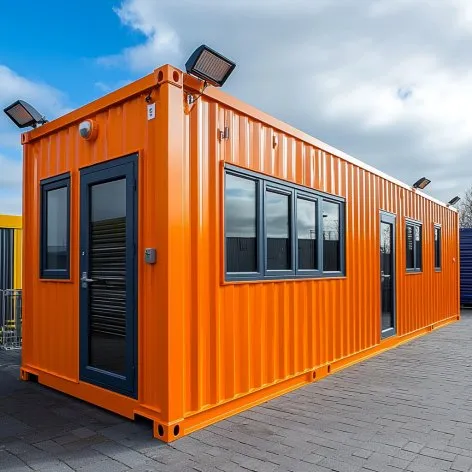
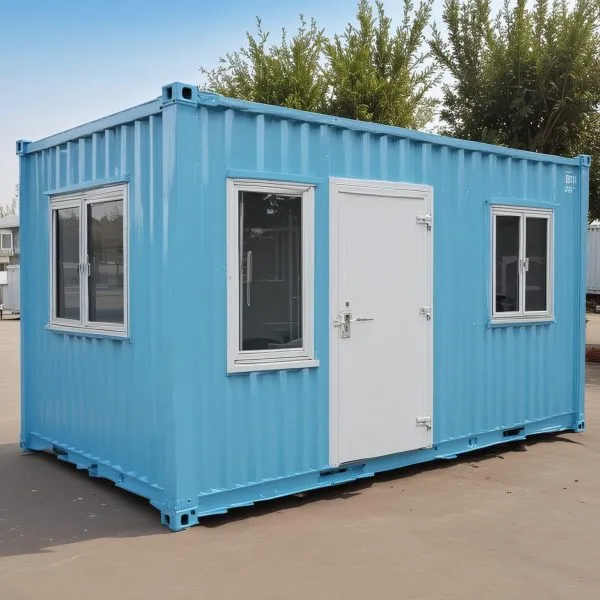

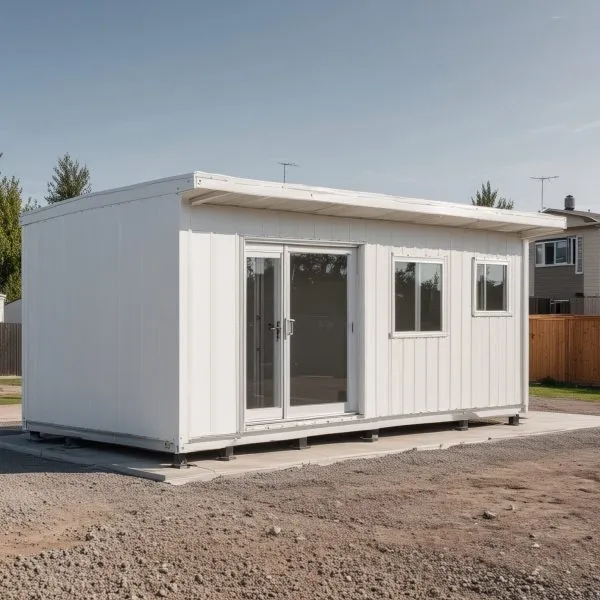
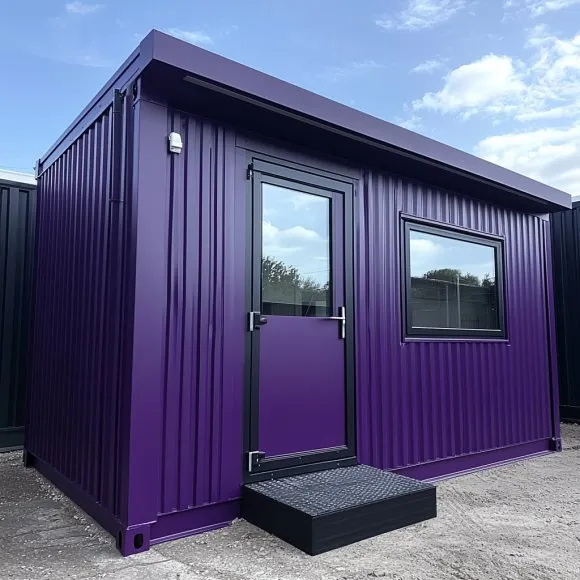

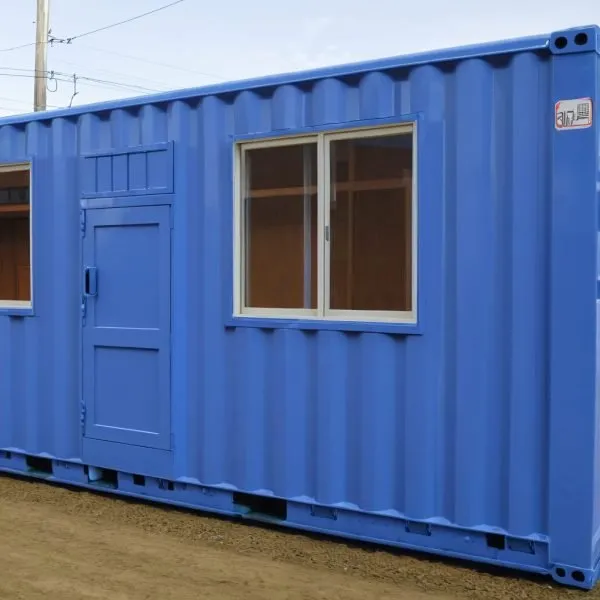


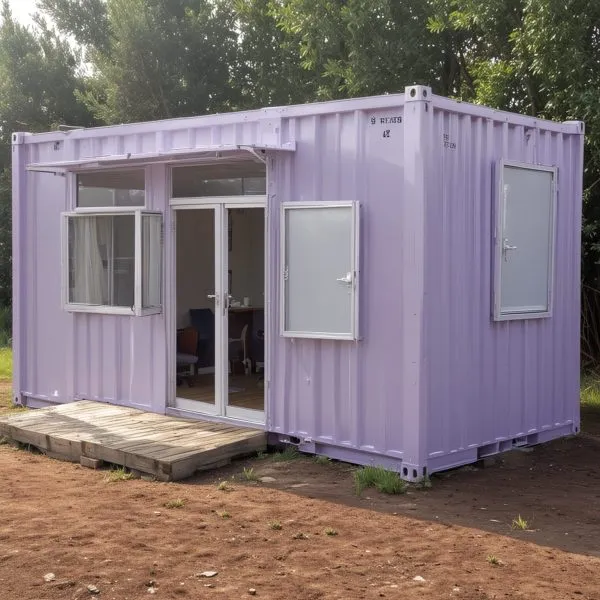
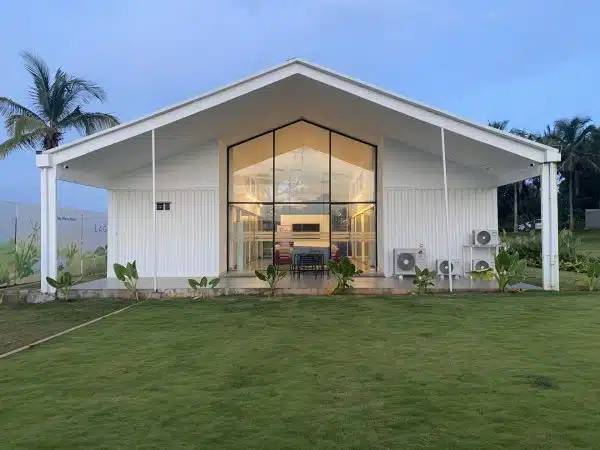
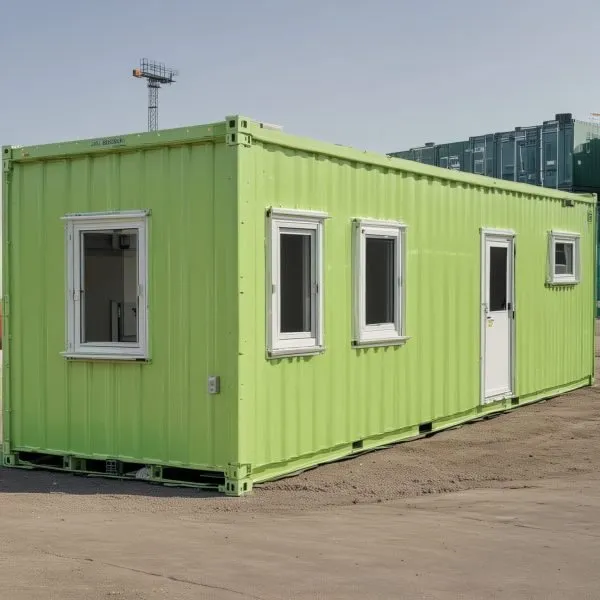
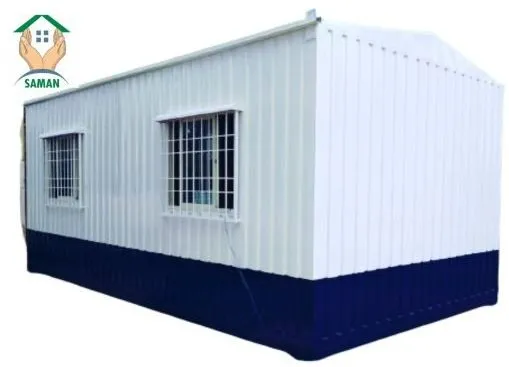
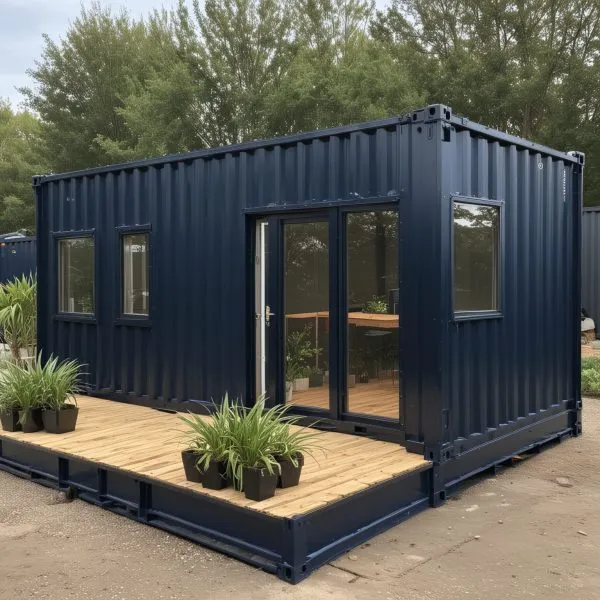
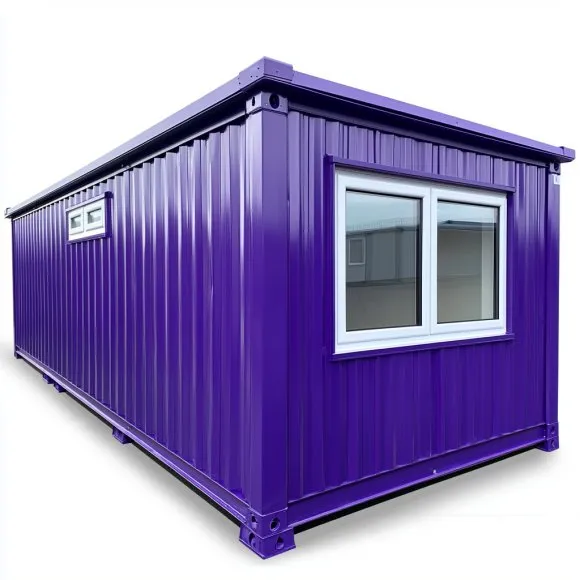
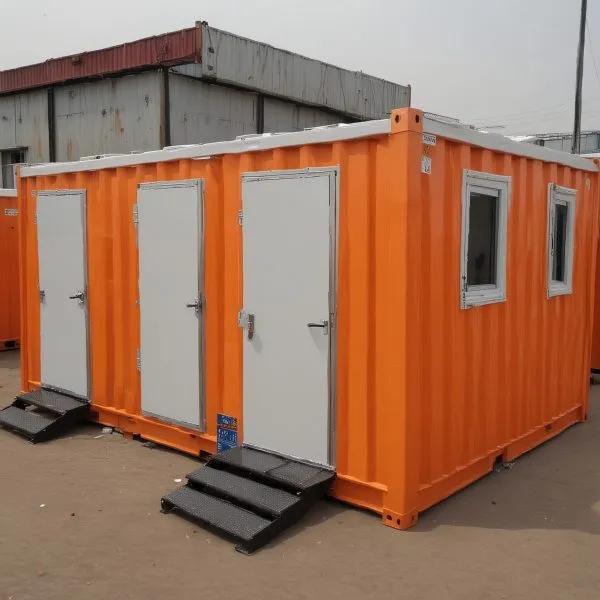
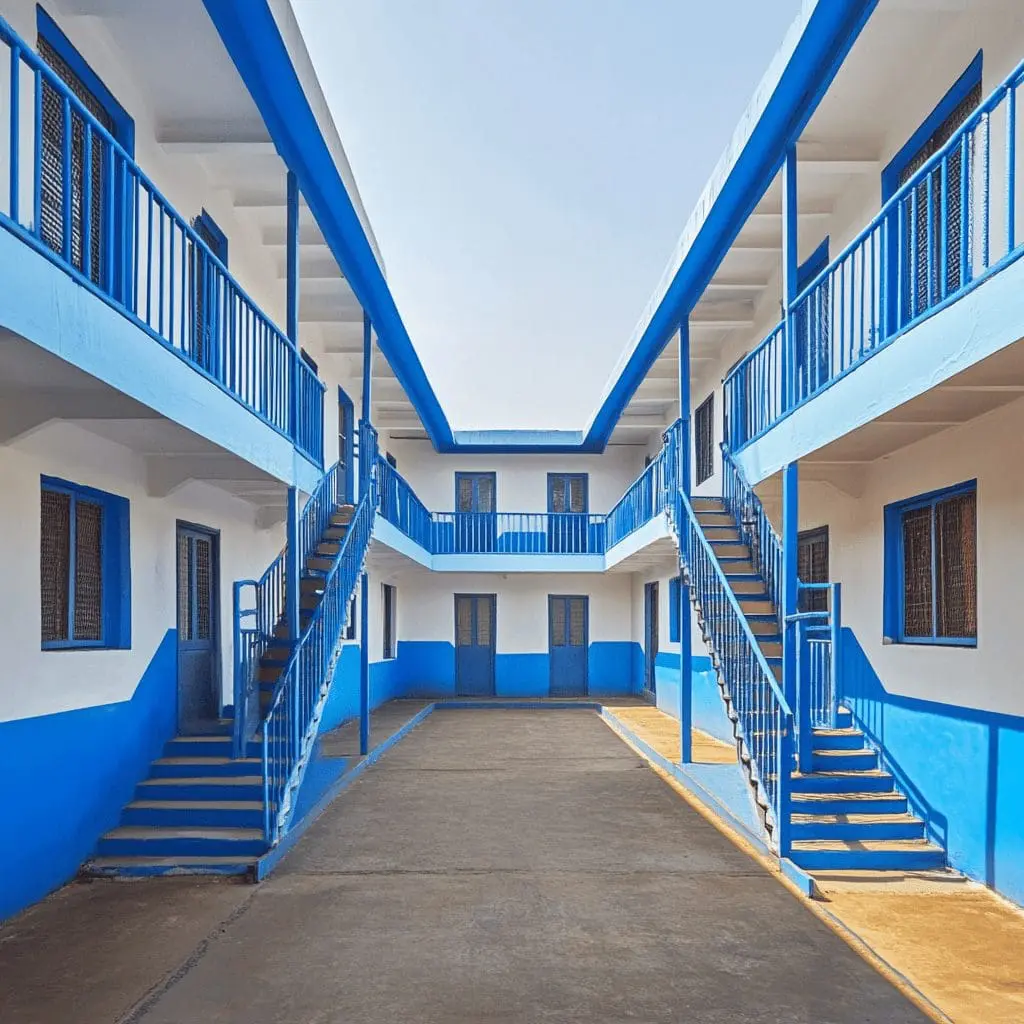
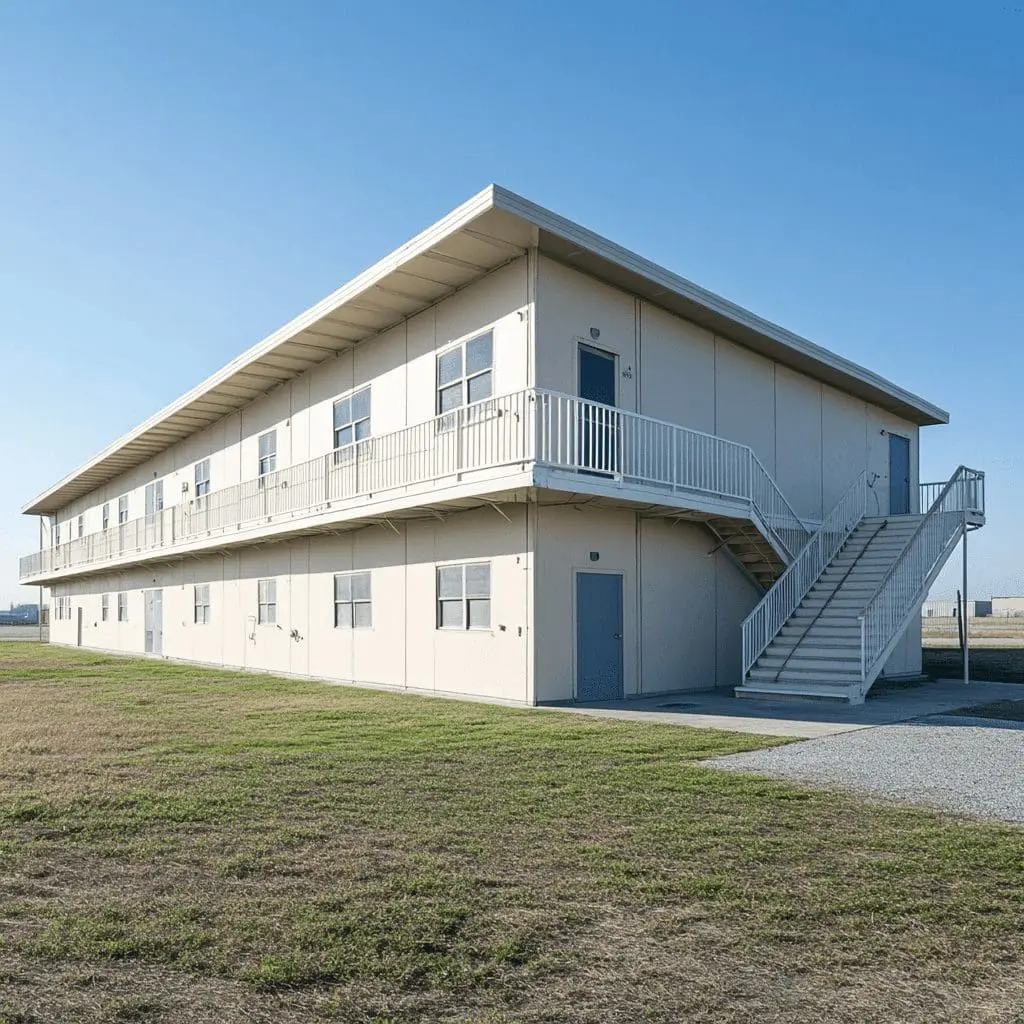
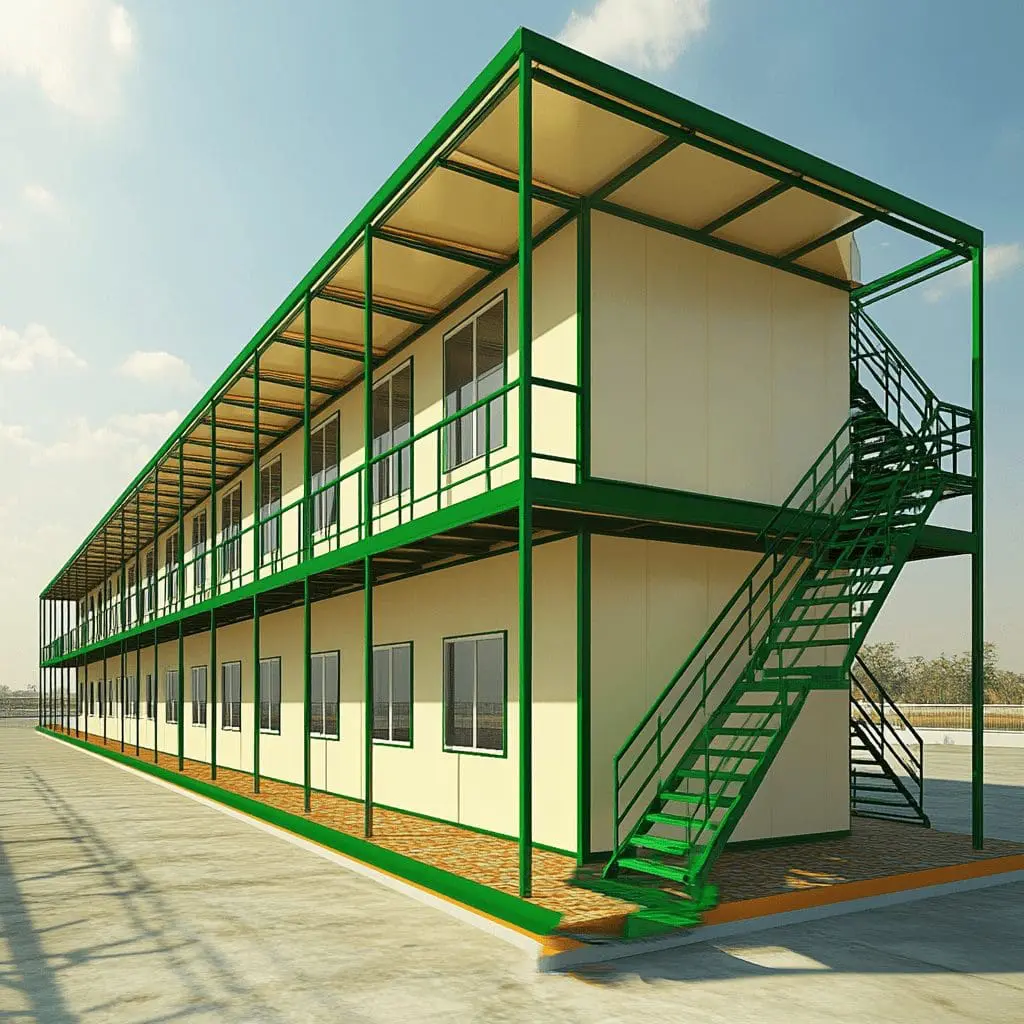


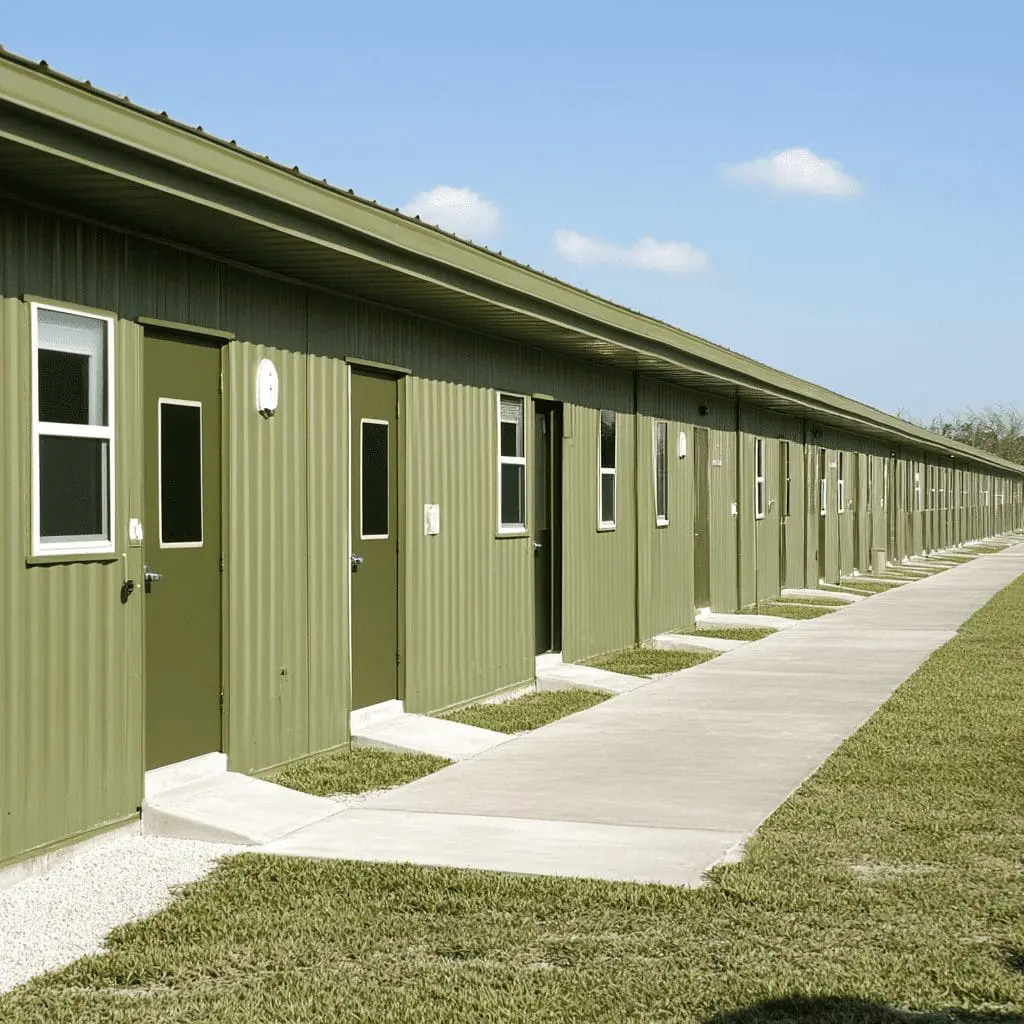
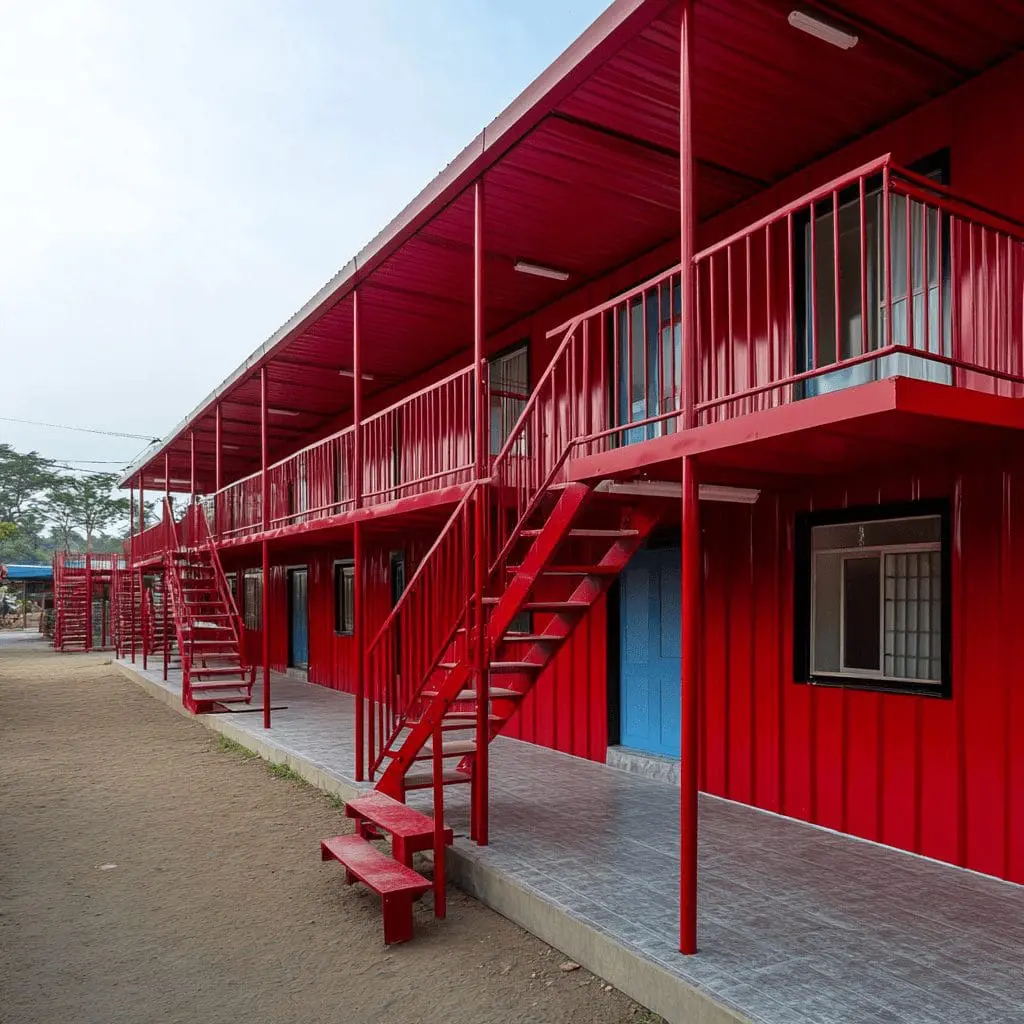

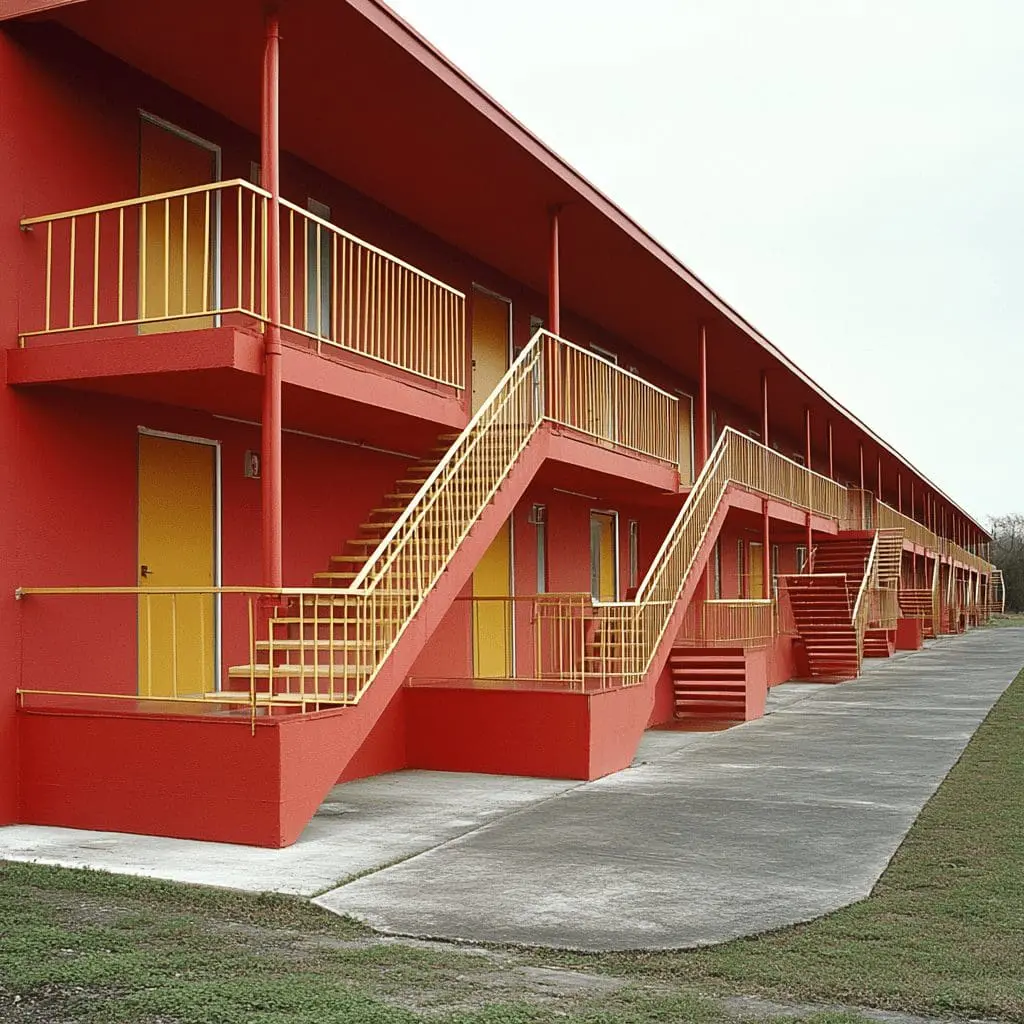

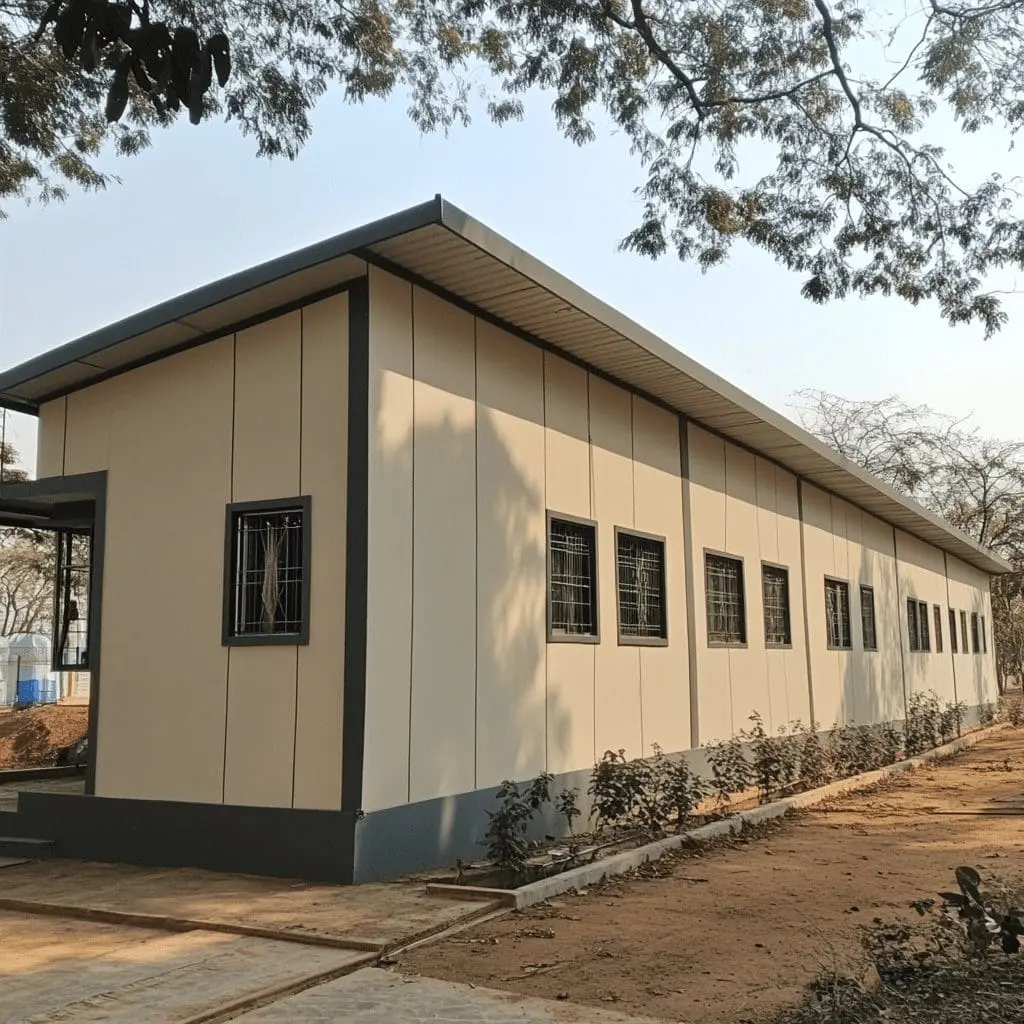
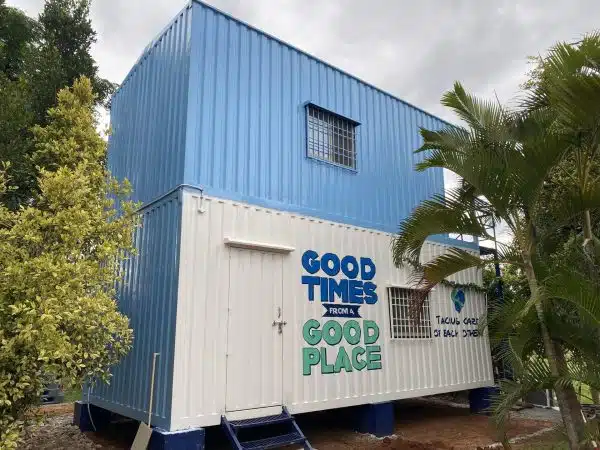
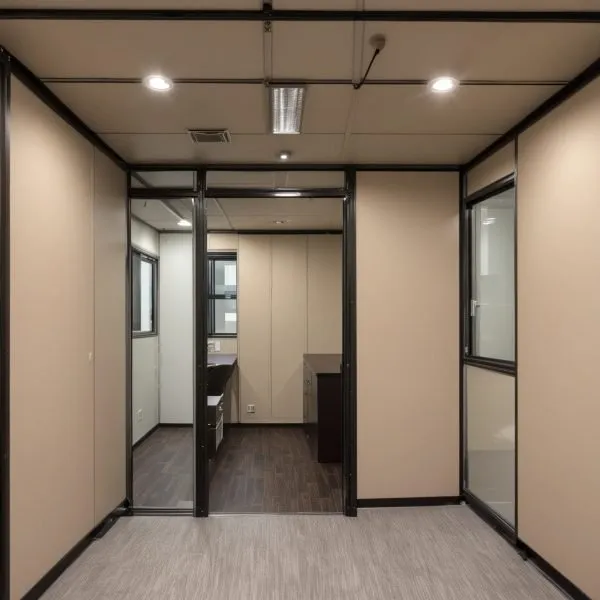
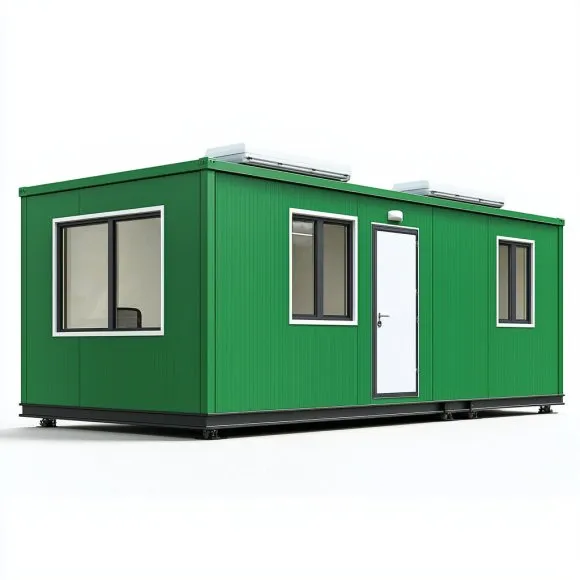

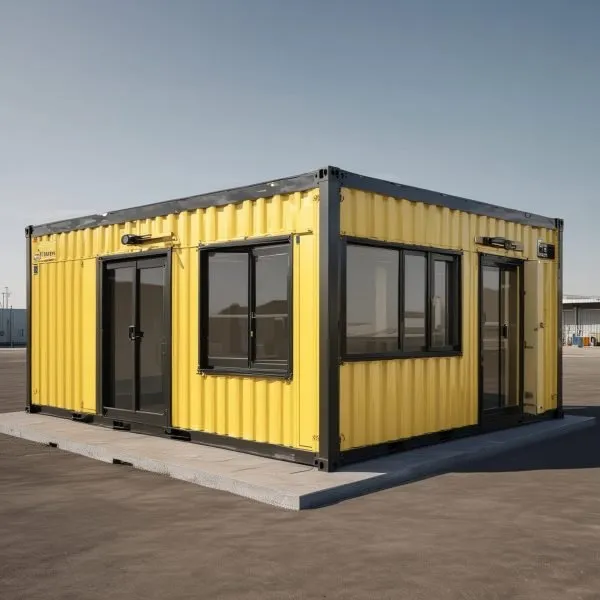

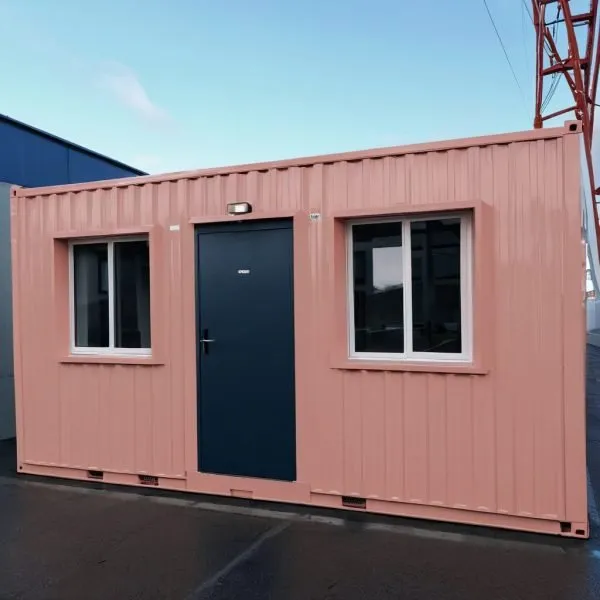
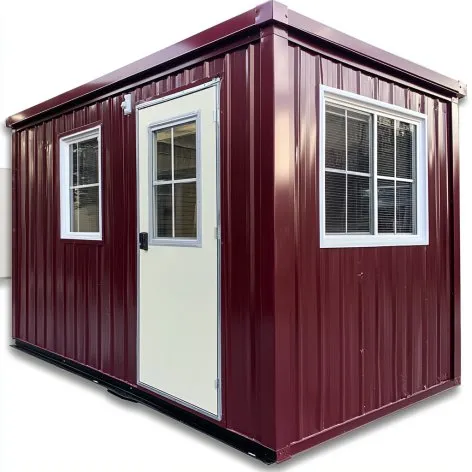
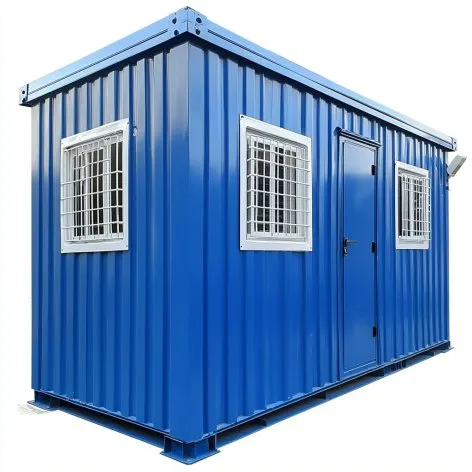
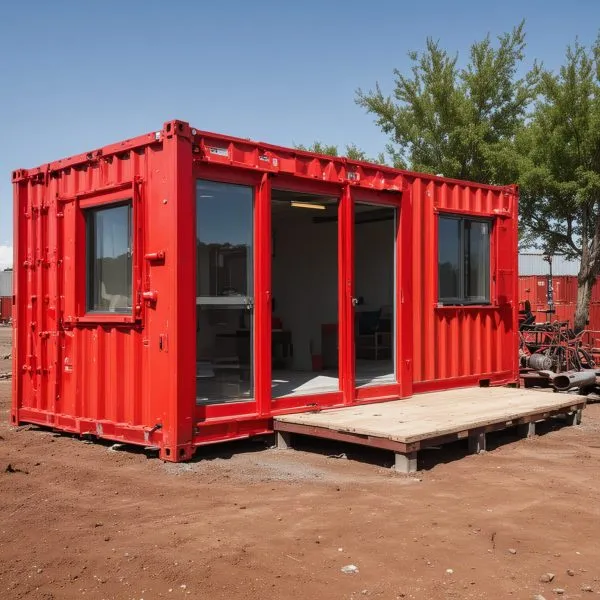
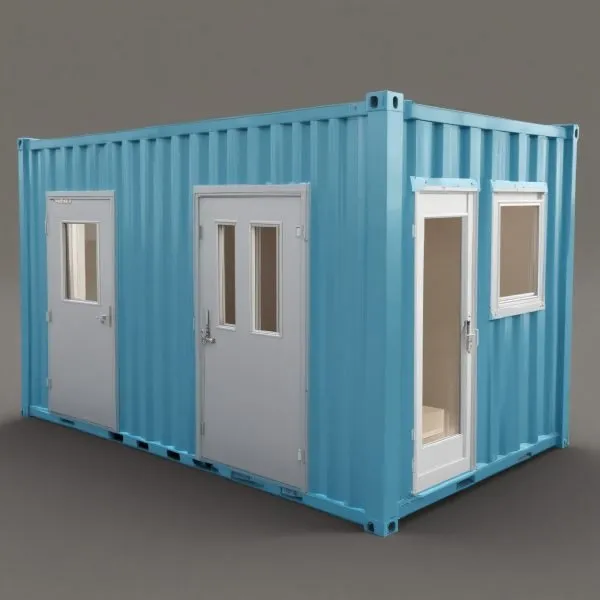
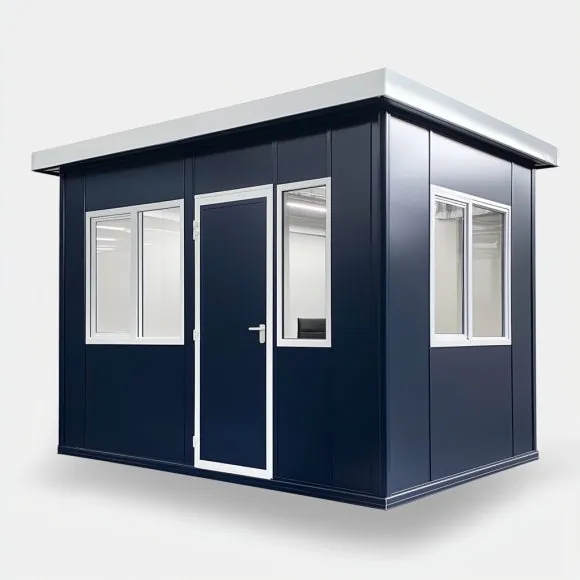
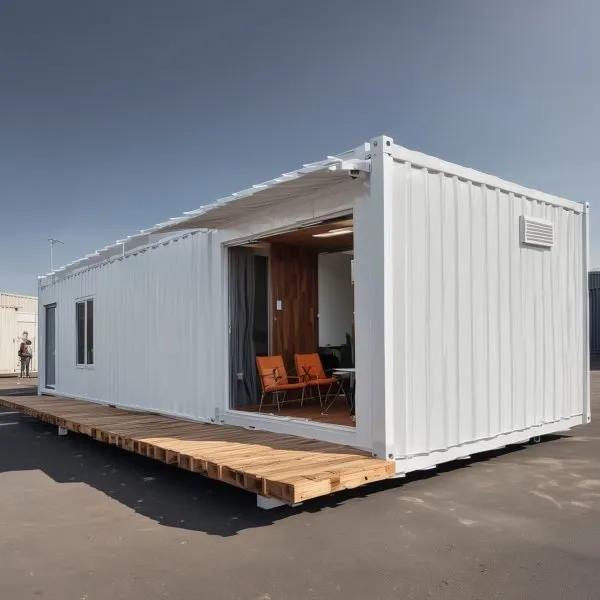
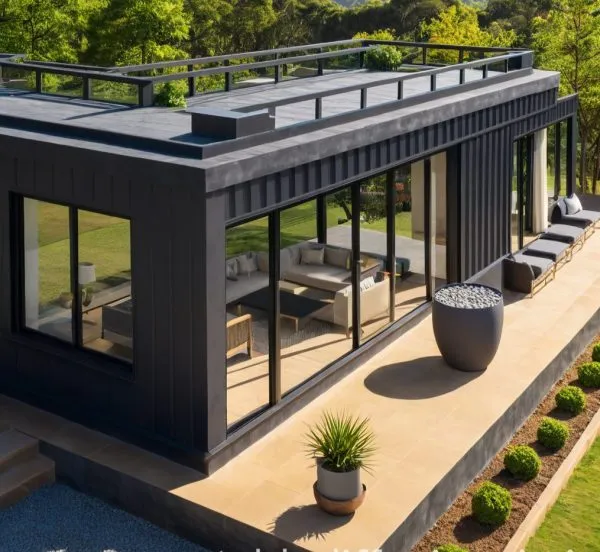
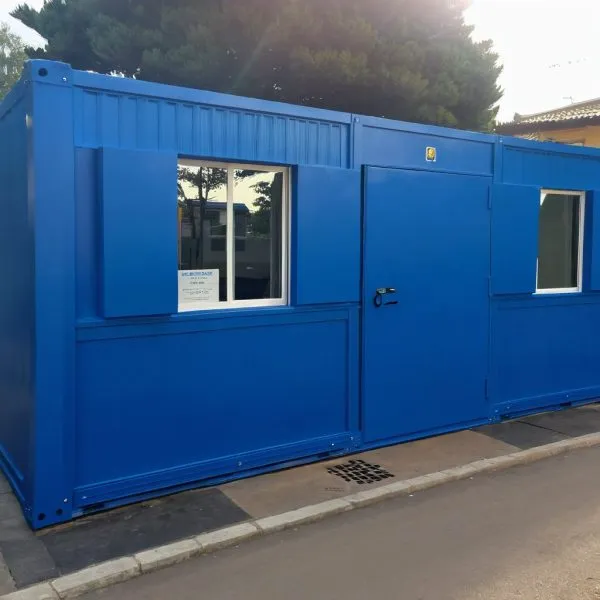

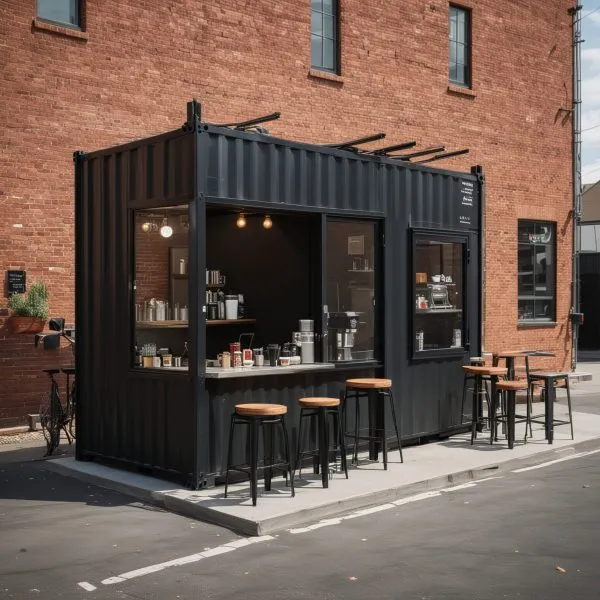
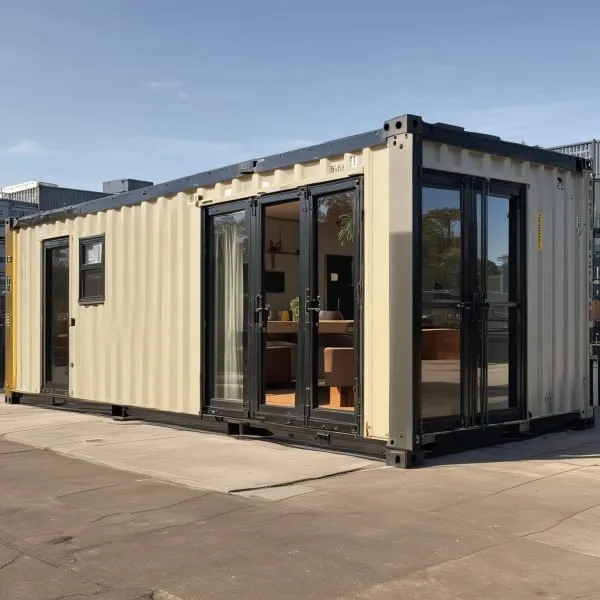
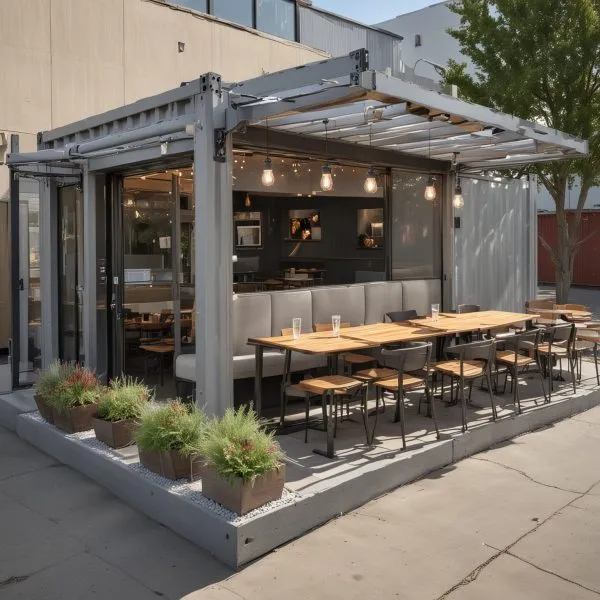
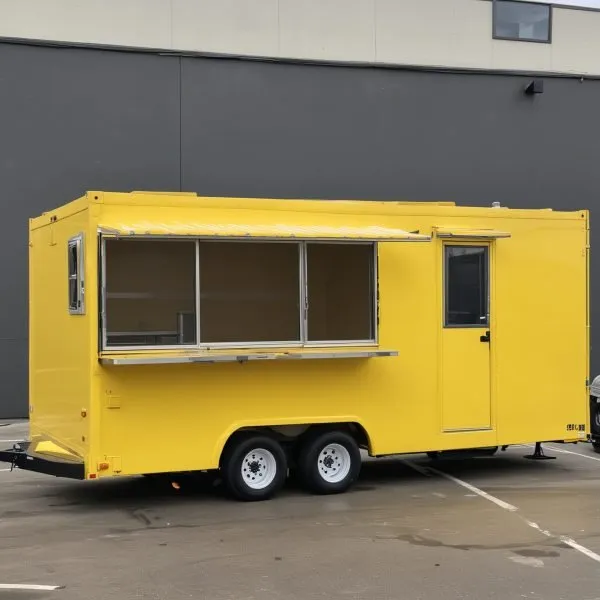
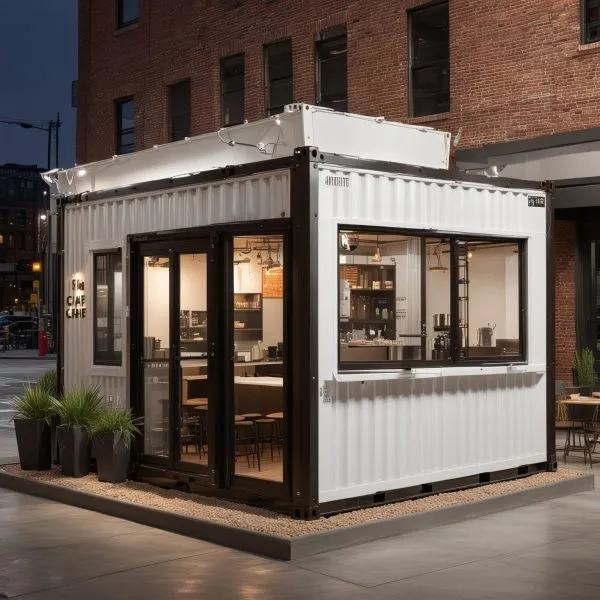
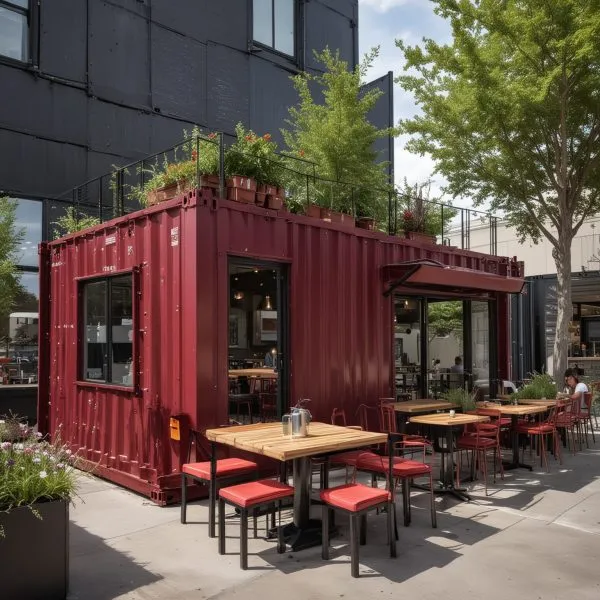
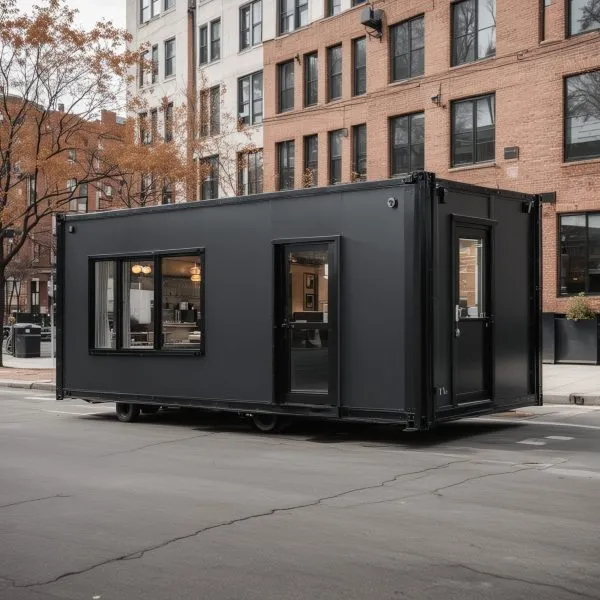
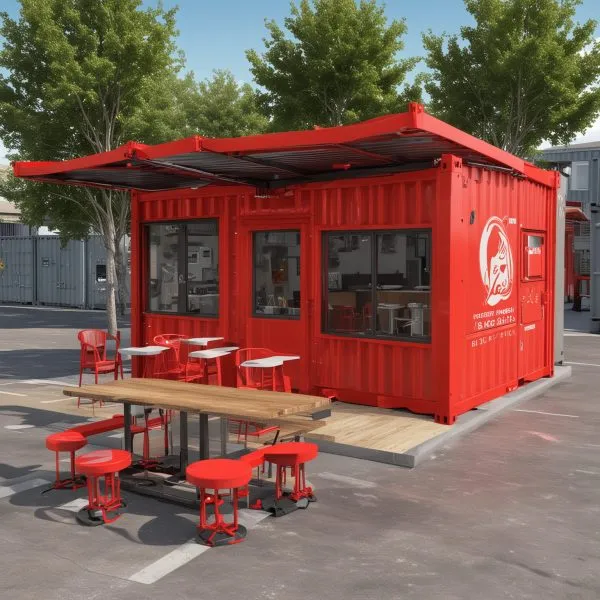
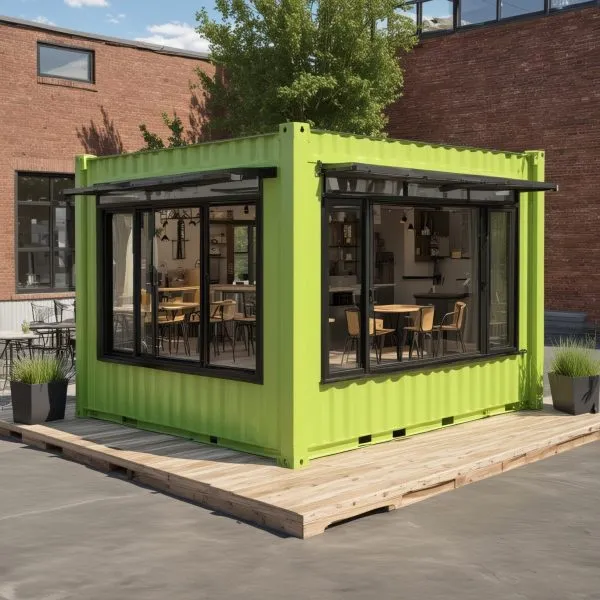
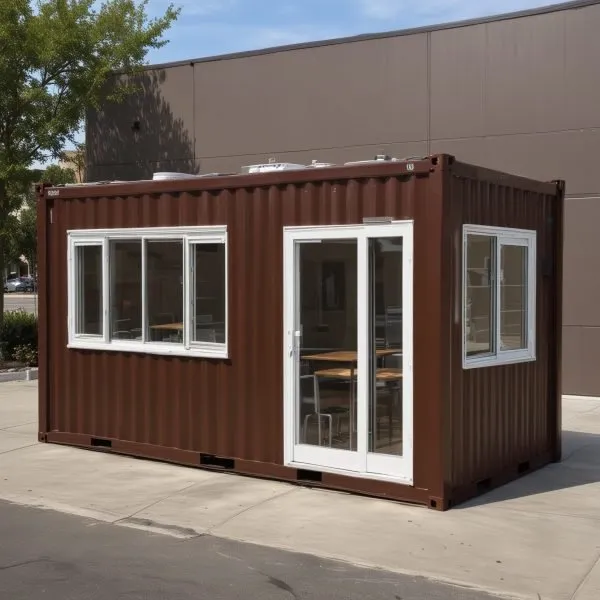
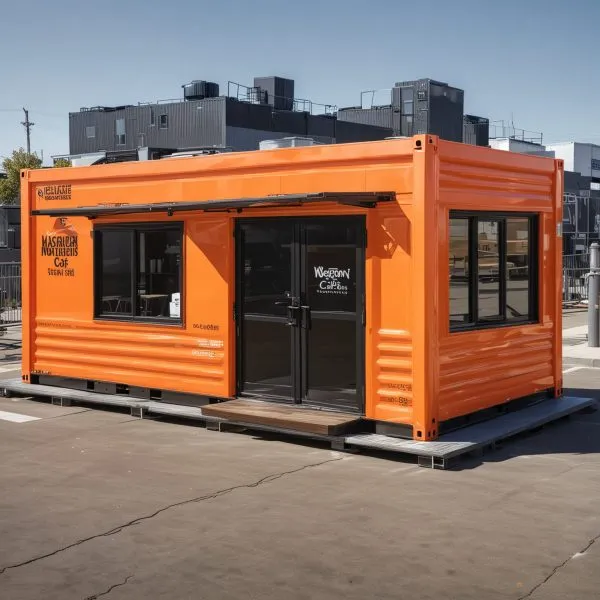

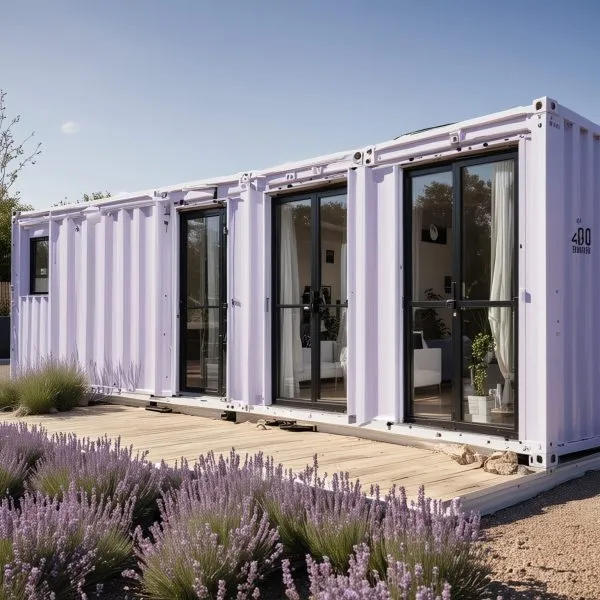
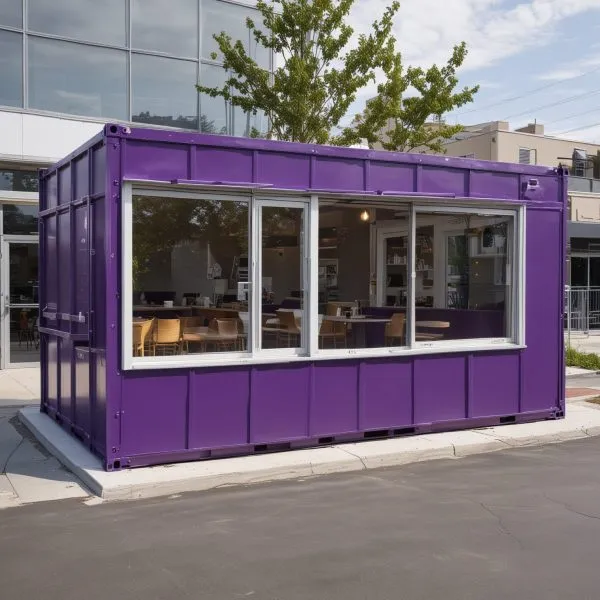
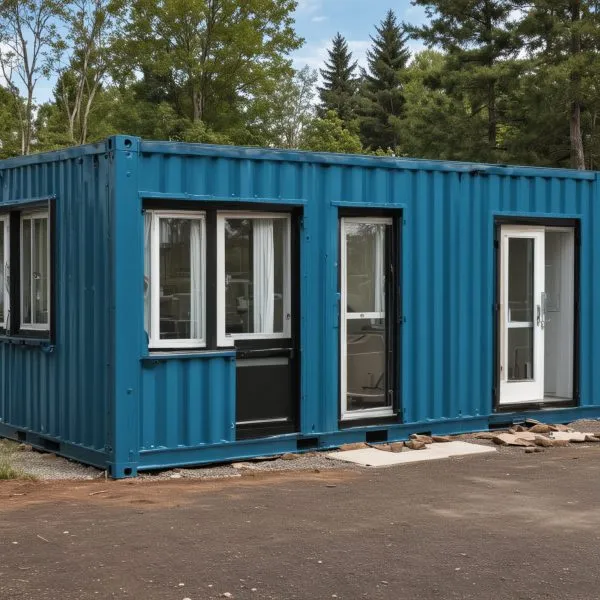
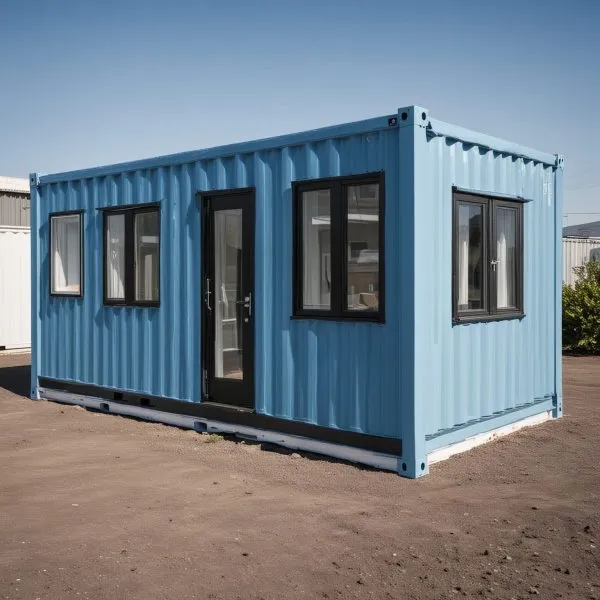

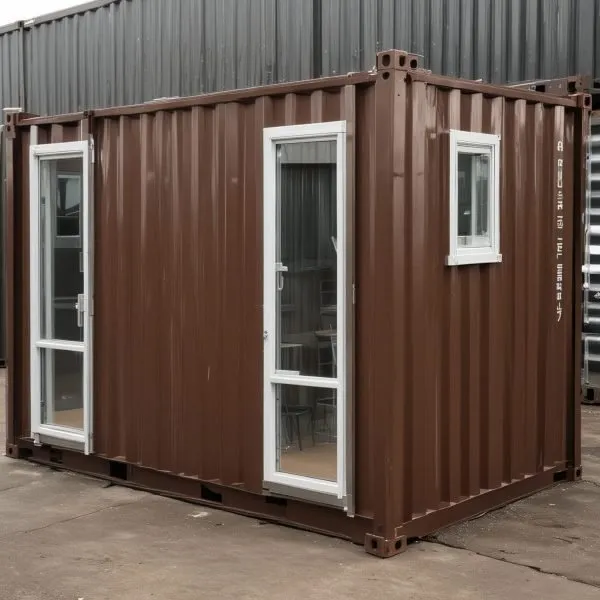
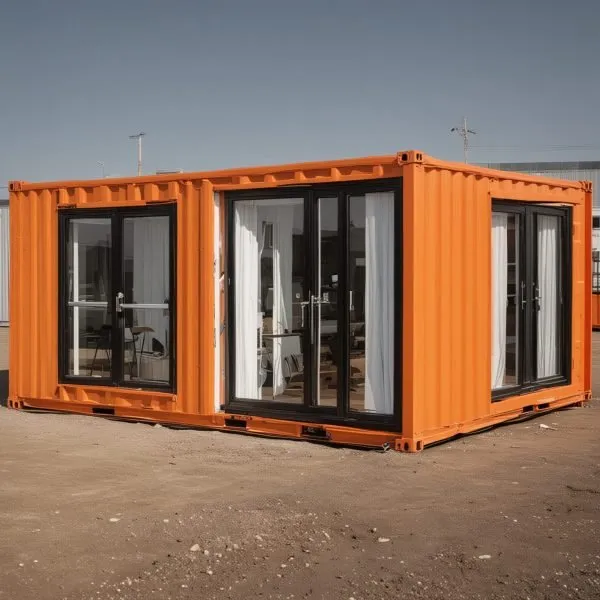
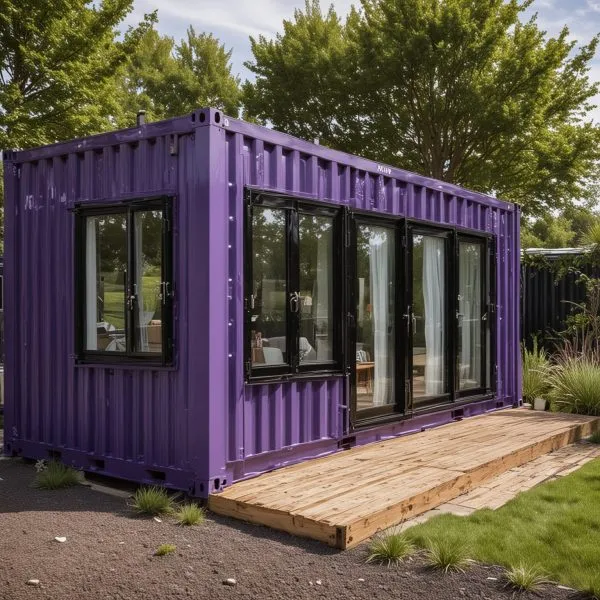

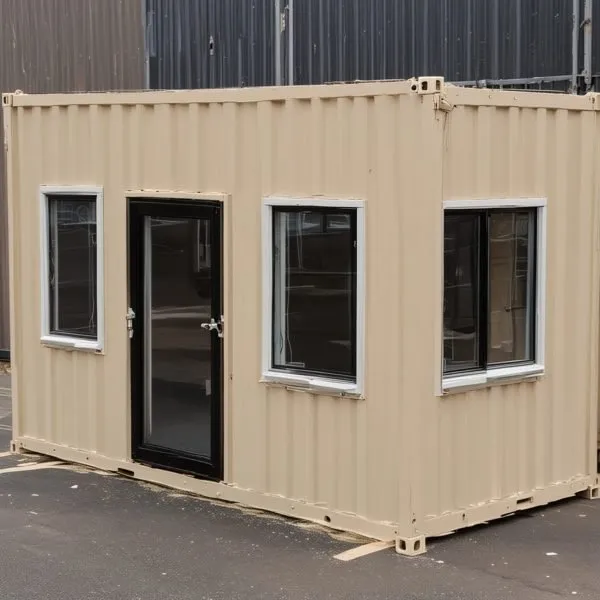
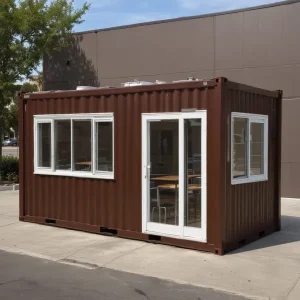
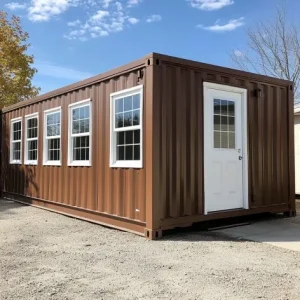
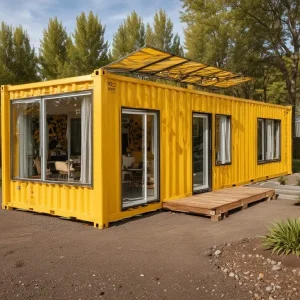
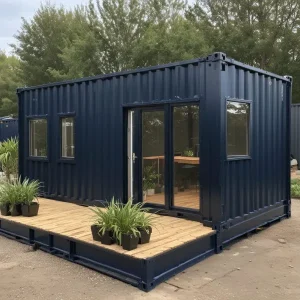
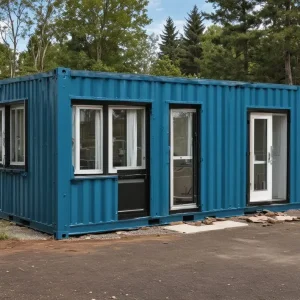
Akram salon –
I never thought living in a container house could feel this comfortable! SAMAN Portable Office Solutions has truly exceeded my expectations.
🏡 Feels Like Home
From the moment I stepped inside, it felt cozy and welcoming. The layout is well-planned, making the most of the space while still feeling open and airy.
🌦️ Built to Last
The quality is incredible. It’s solid, weatherproof, and feels like it could handle anything. I don’t worry about maintenance at all.
🎨 Customizable Design
SAMAN helped me tailor the interiors exactly how I wanted—modern finishes, great lighting, and even the perfect spot for my plants.
⏱️ Quick Setup, Zero Stress
Moving in was so simple. The entire house was delivered and set up faster than I imagined—no construction mess, no delays.
This container house is proof that you don’t need bricks and mortar for a home that’s stylish, comfortable, and functional. SAMAN has nailed it with this one!
Karan Murshy –
I wasn’t sure about living in a container house, but SAMAN completely changed my mind!
📦 Modern and Functional
Every inch is designed with purpose. It’s compact, stylish, and suits my lifestyle perfectly.
🌿 Sustainable and Efficient
Knowing my home is eco-friendly and energy-efficient makes me feel great—and saves on bills!
🛠️ Quick and Hassle-Free
The setup was unbelievably fast. It arrived ready to go, and I moved in the same day.
It’s more than a house—it’s my cozy, modern retreat. SAMAN truly nailed it!